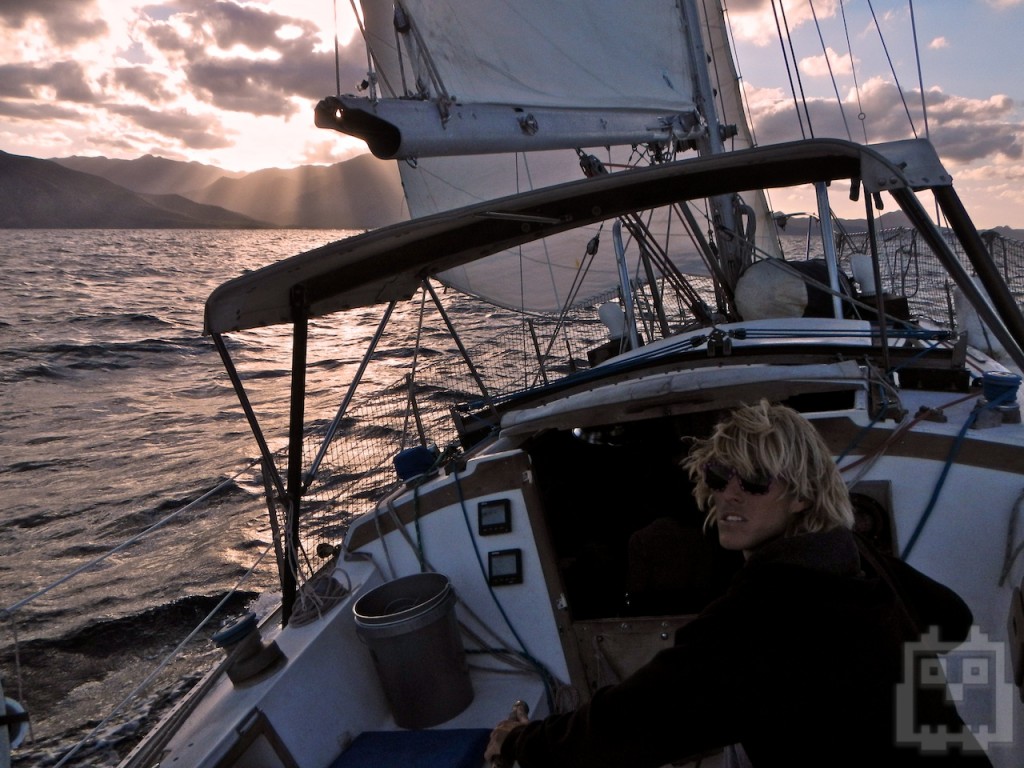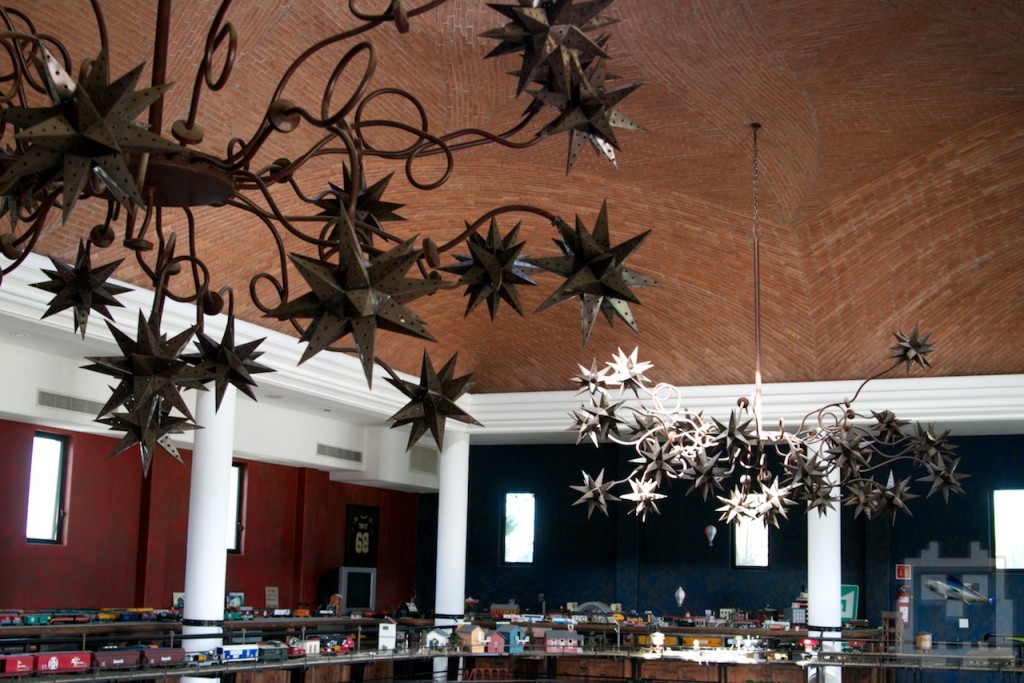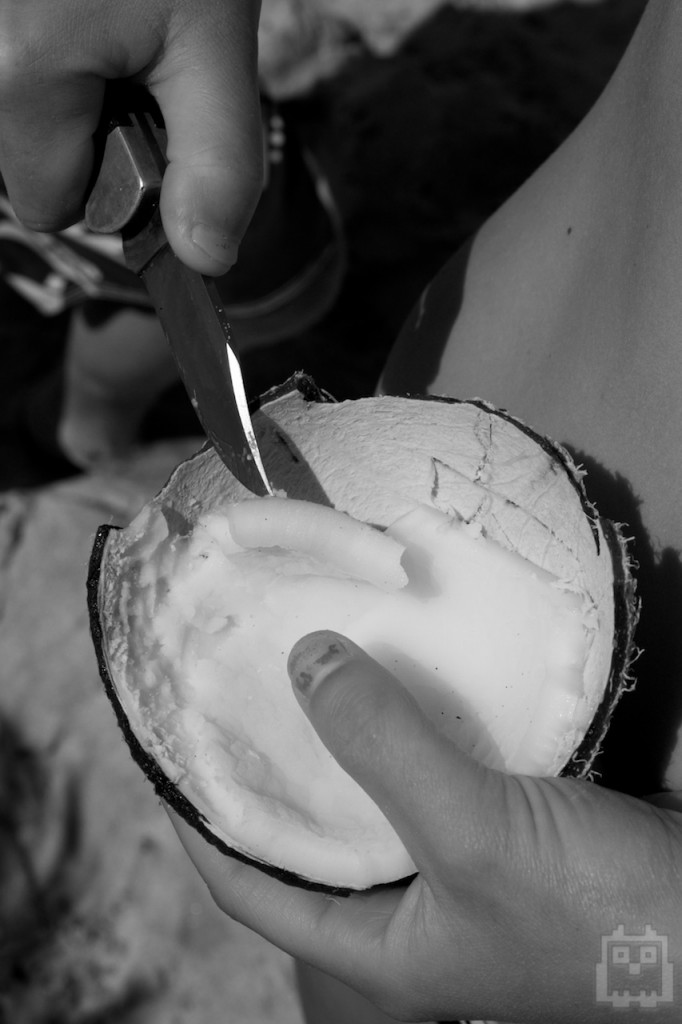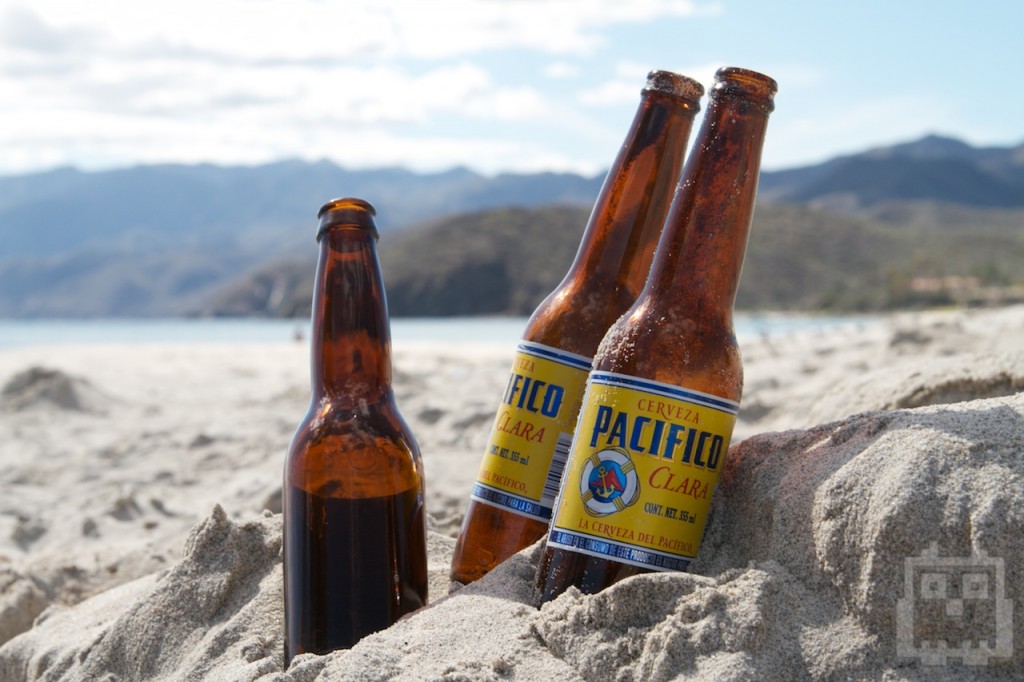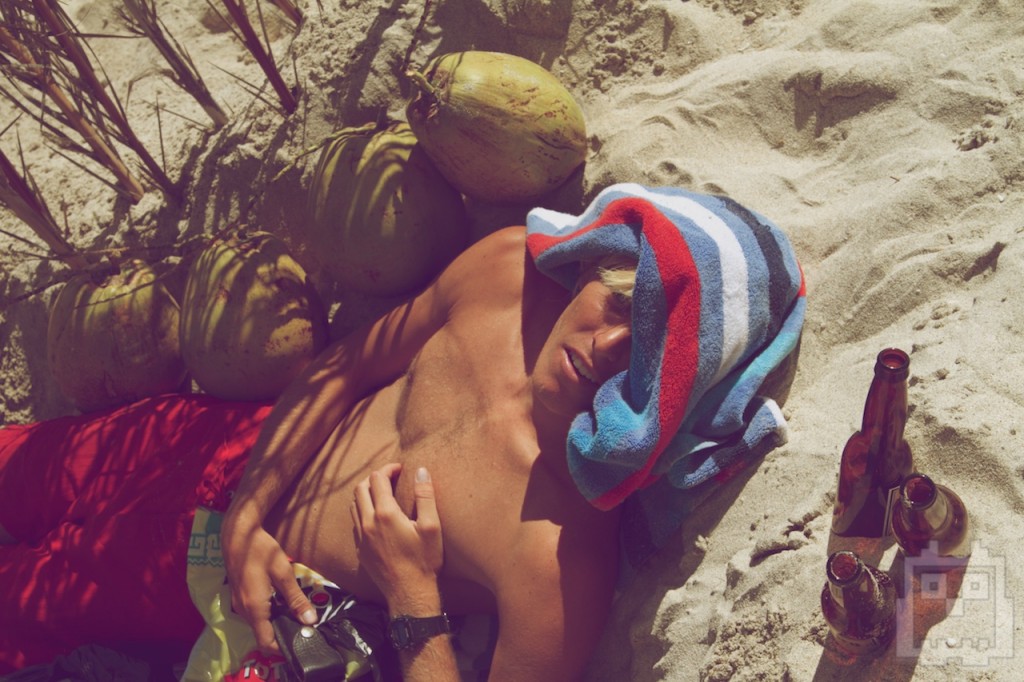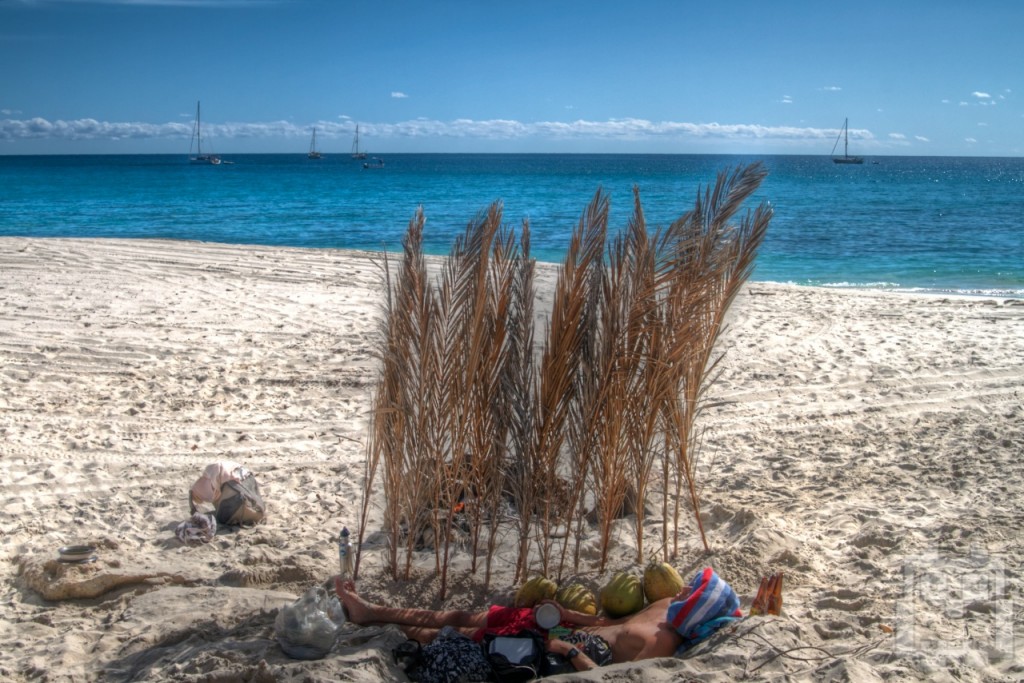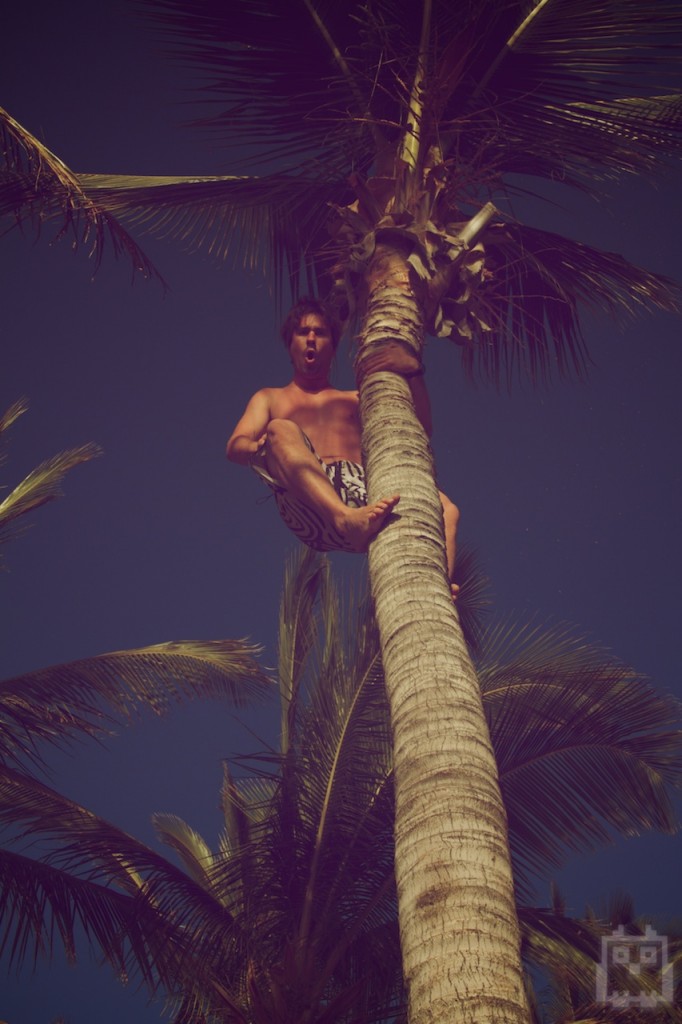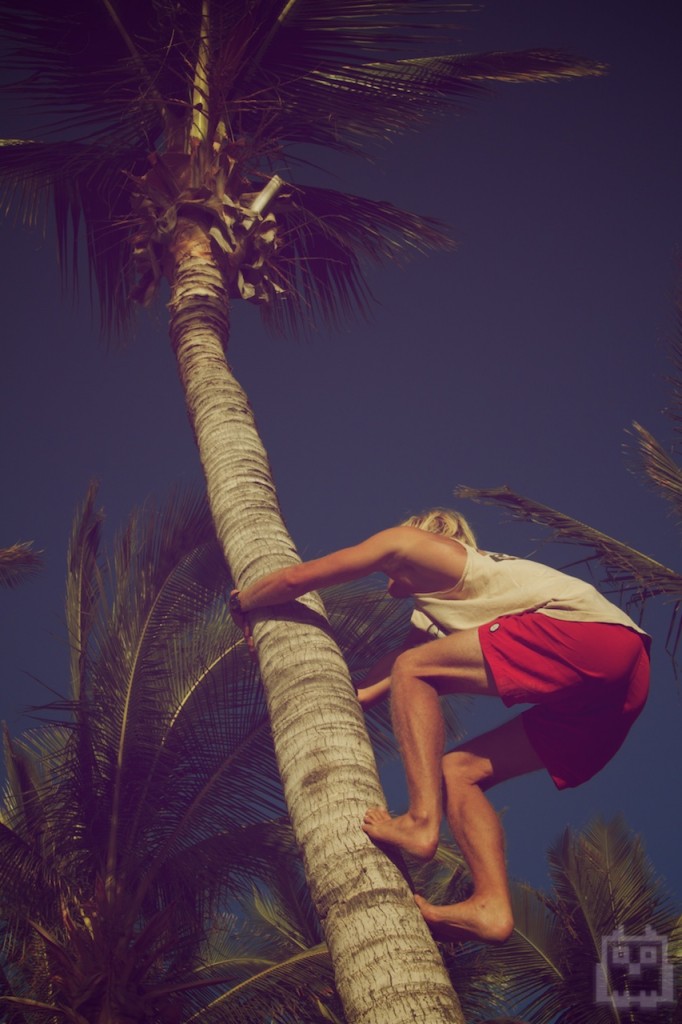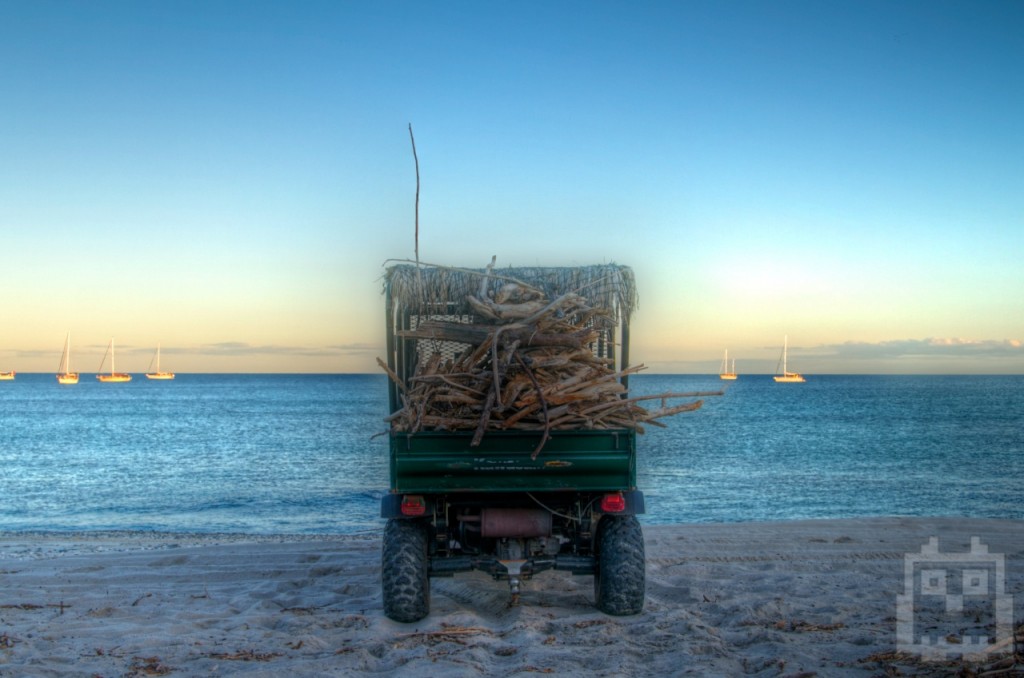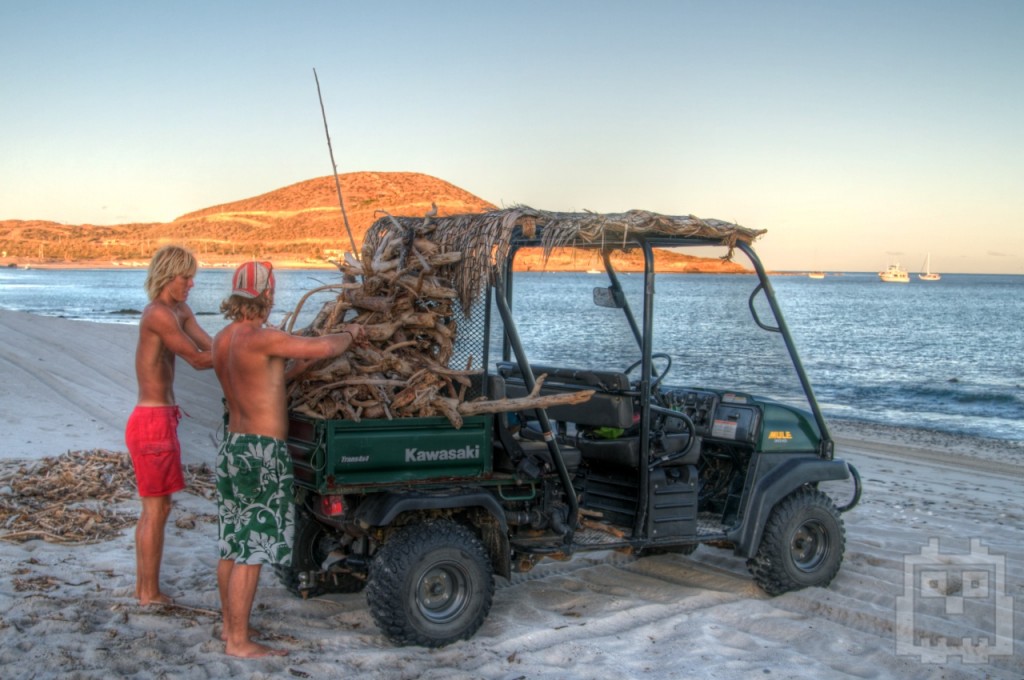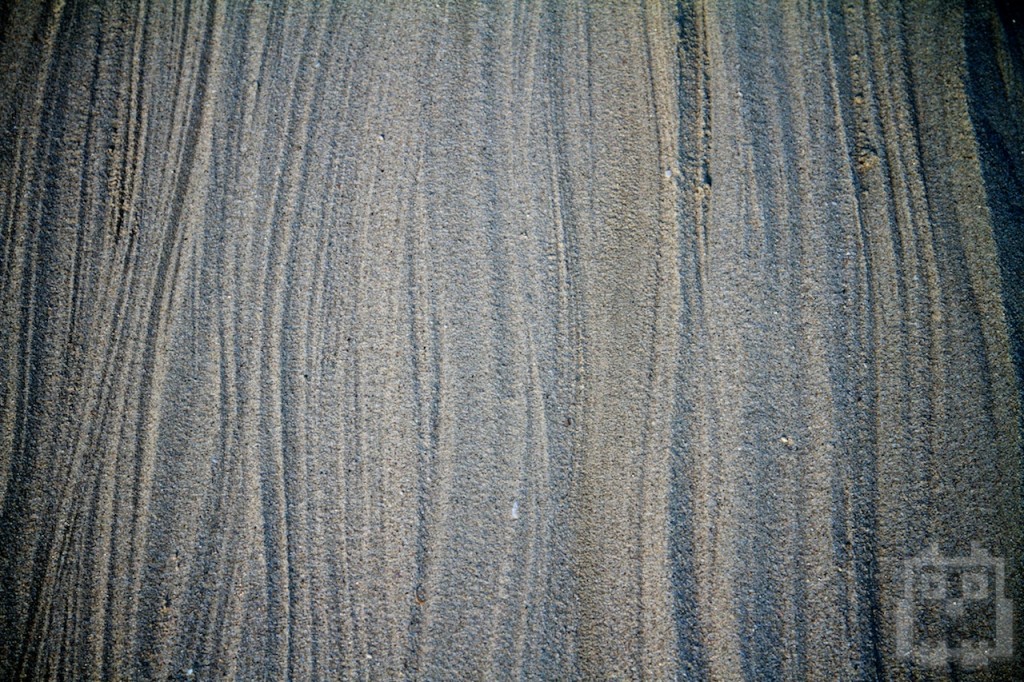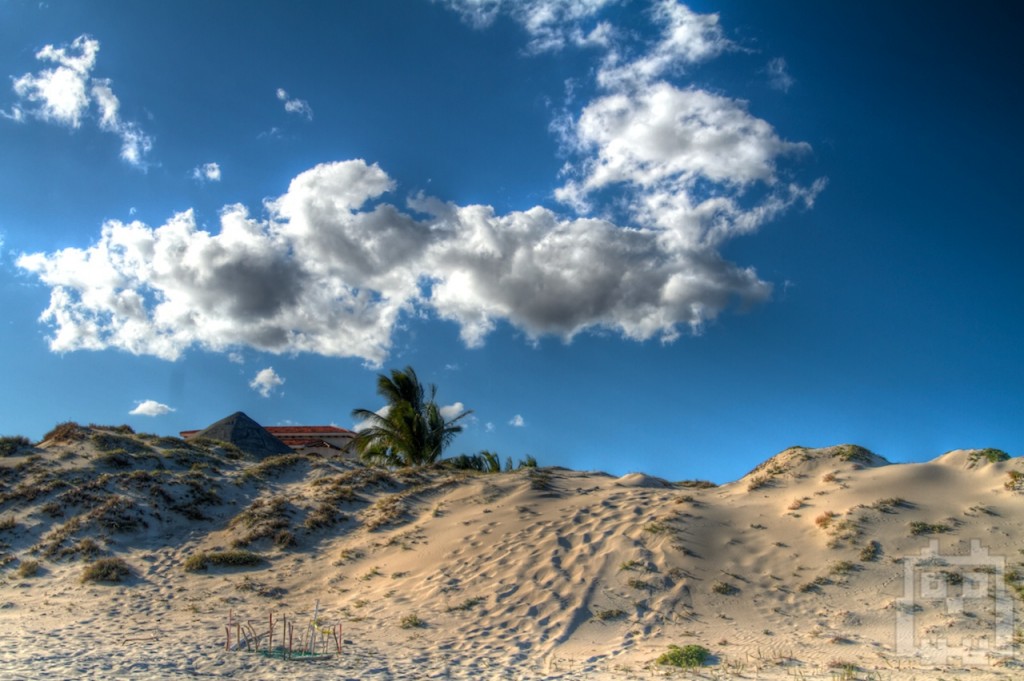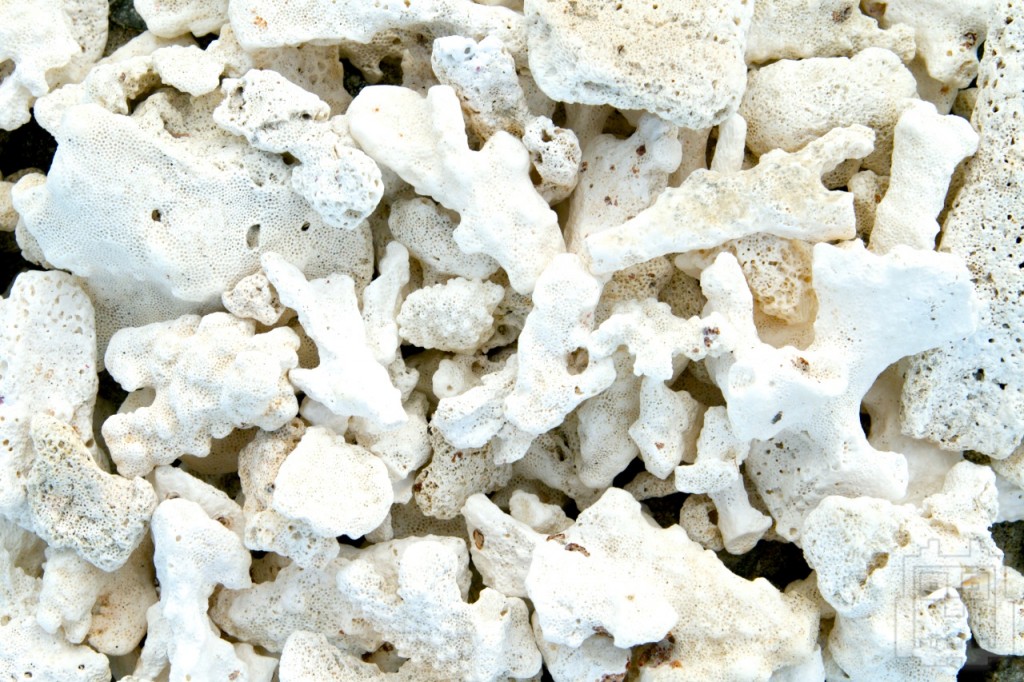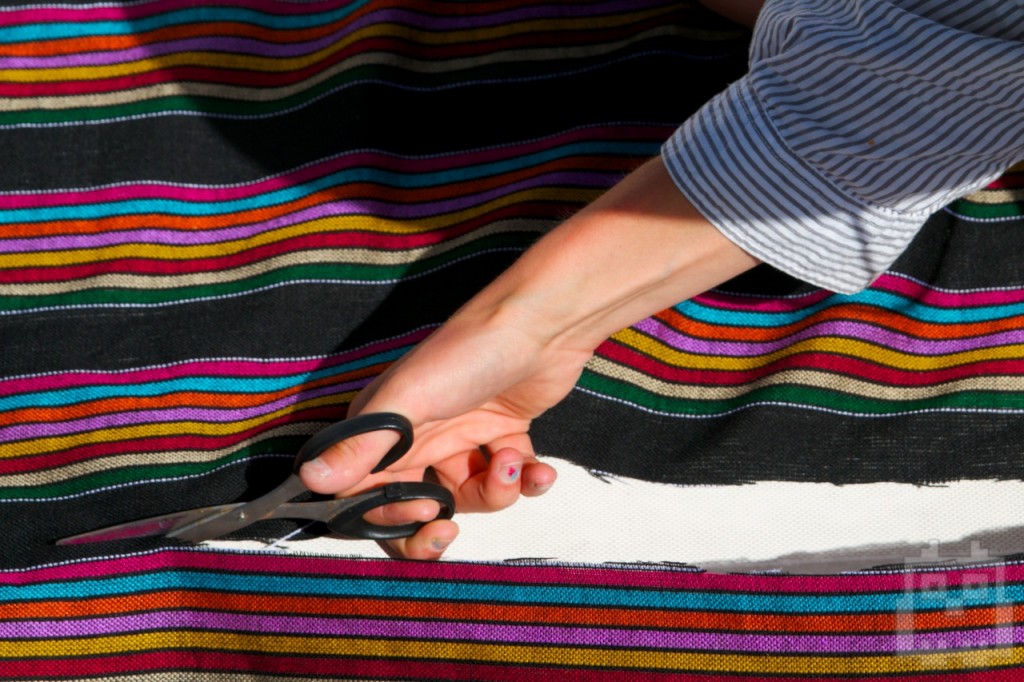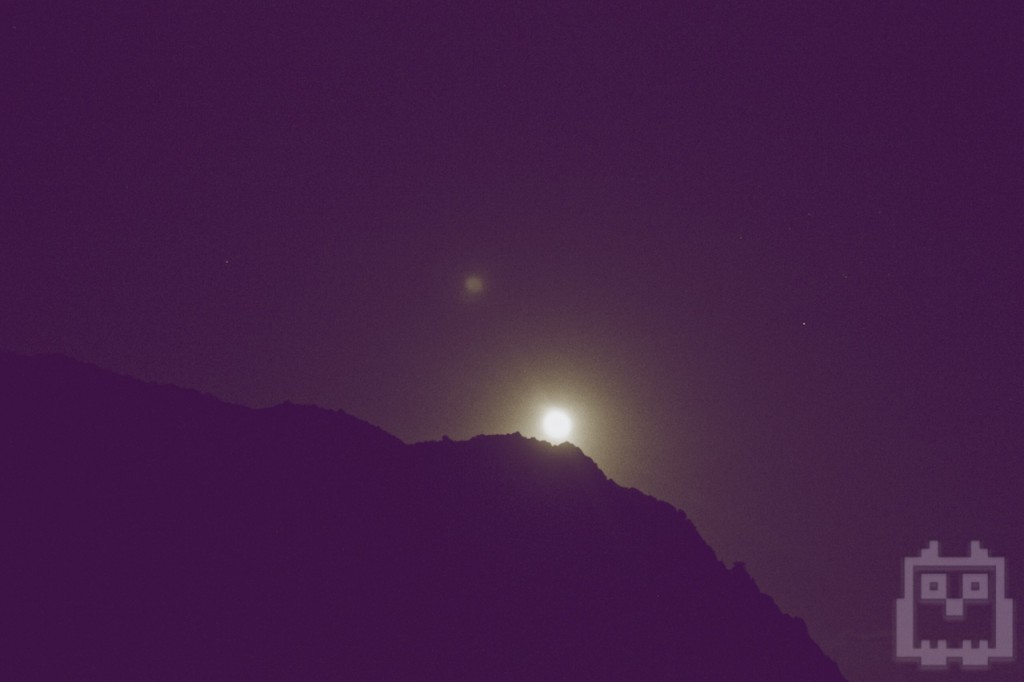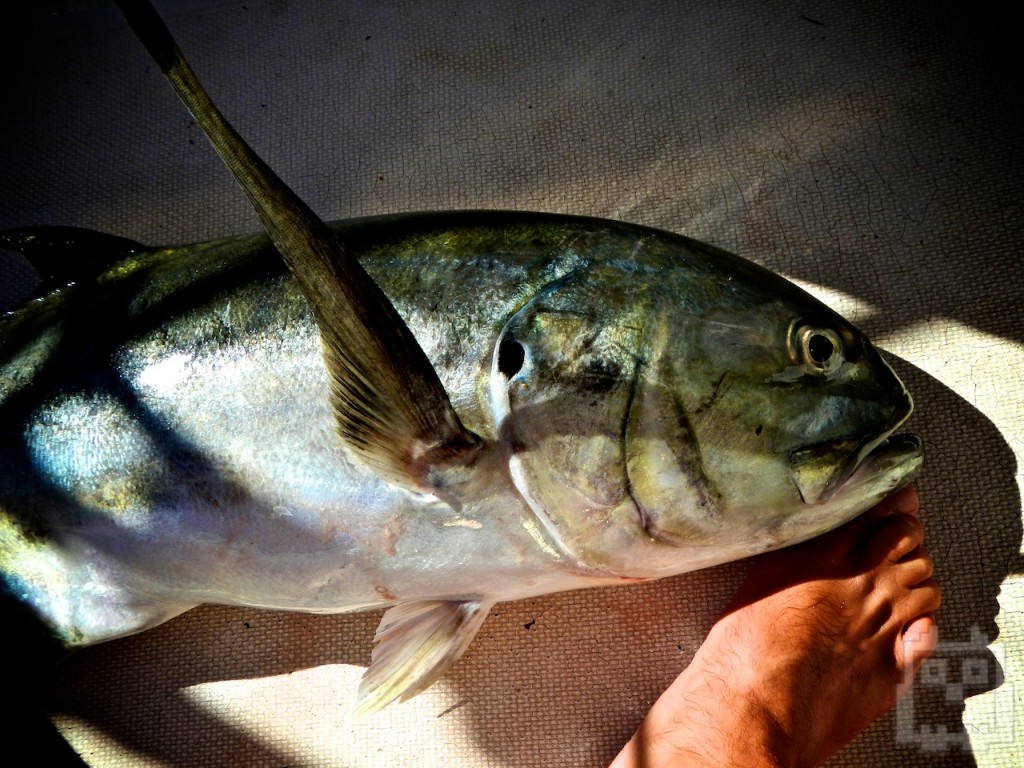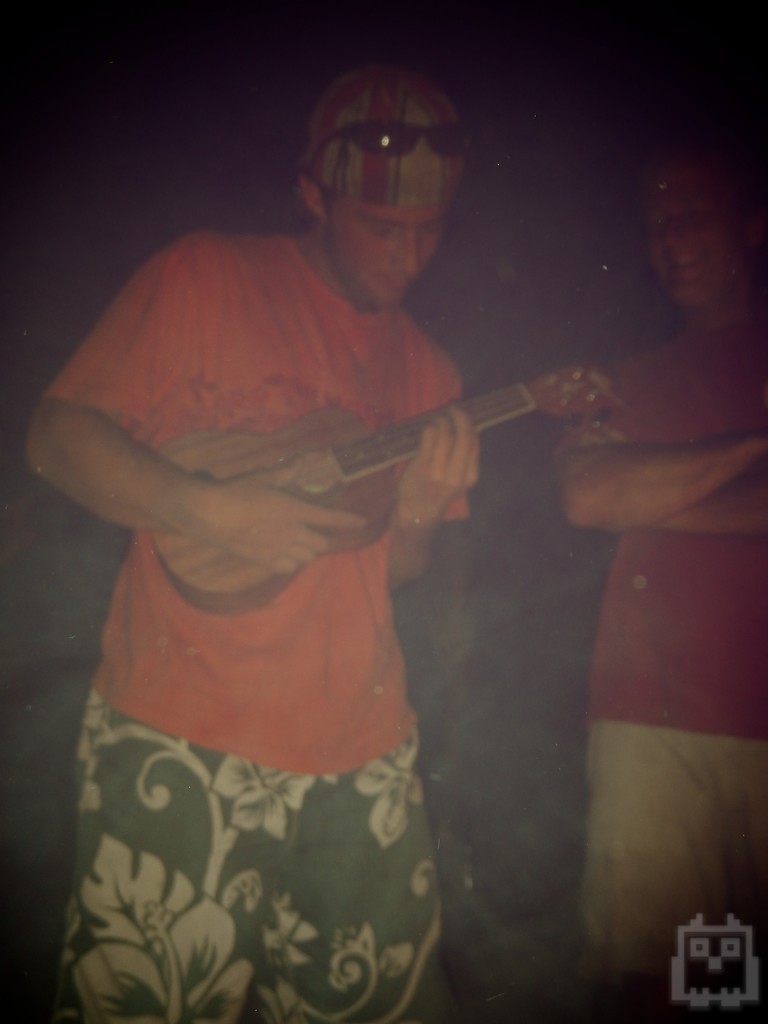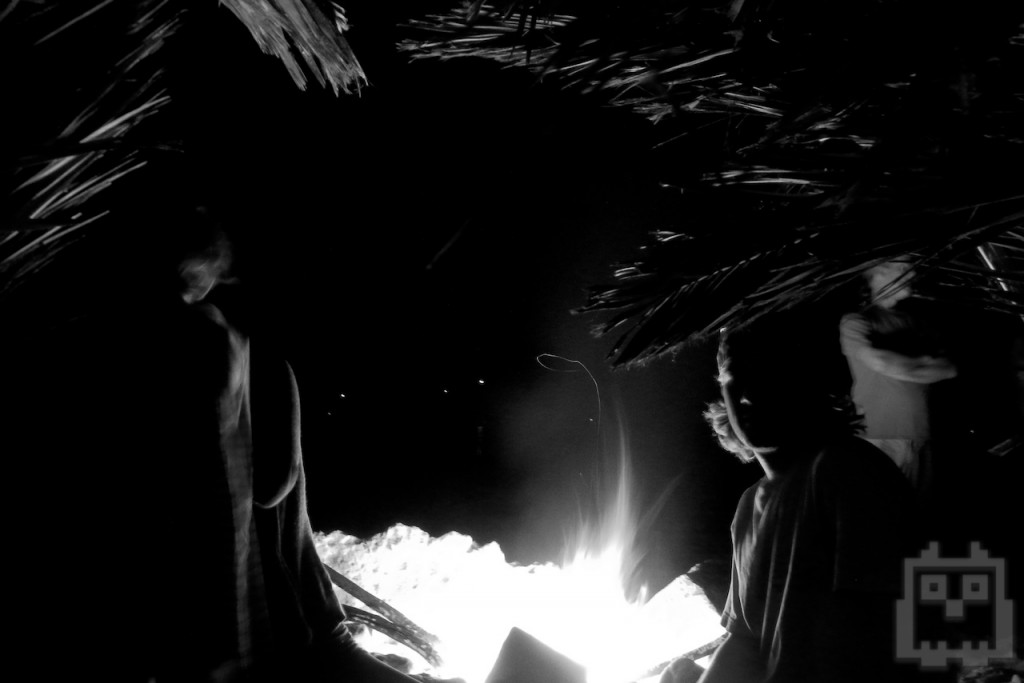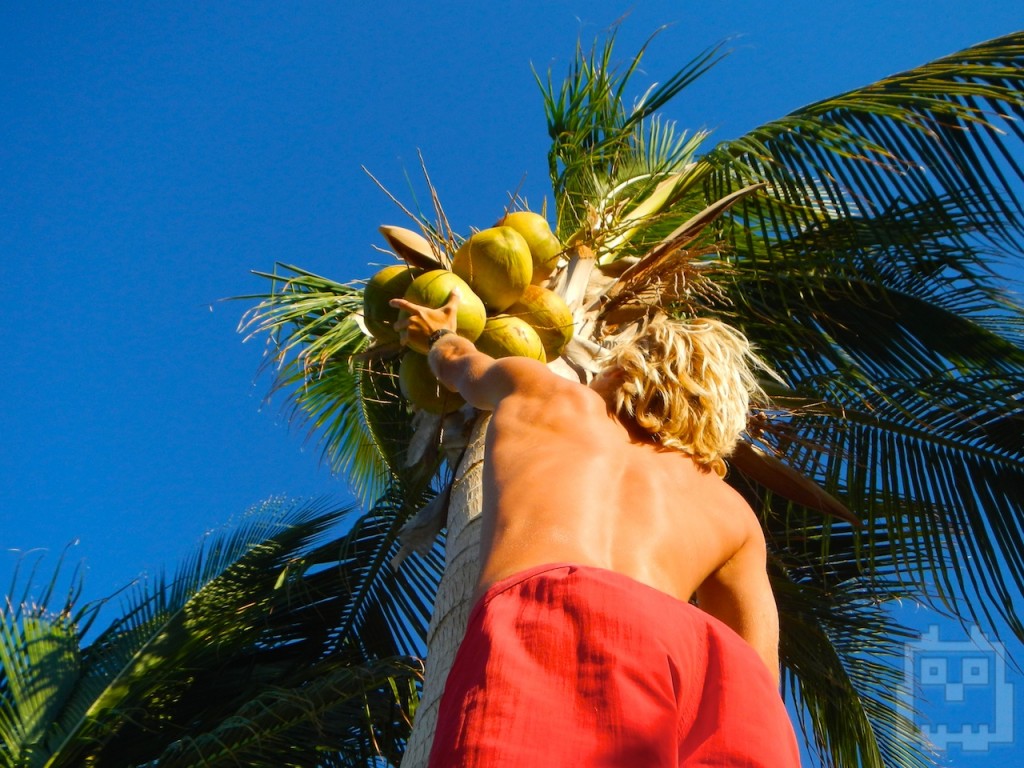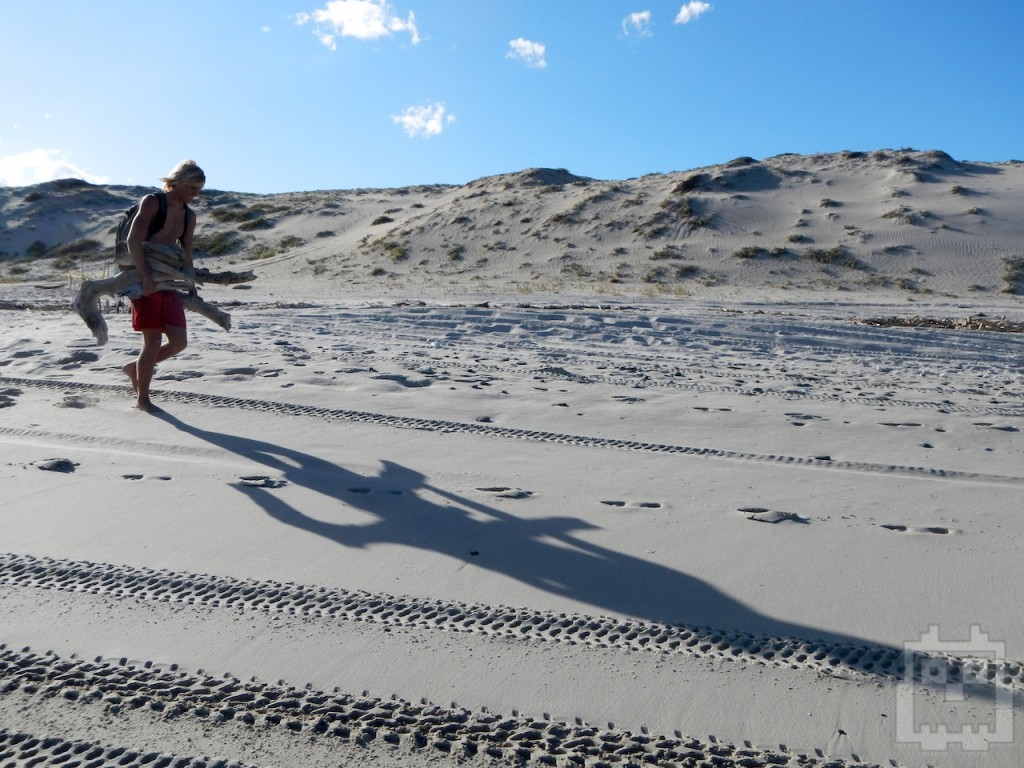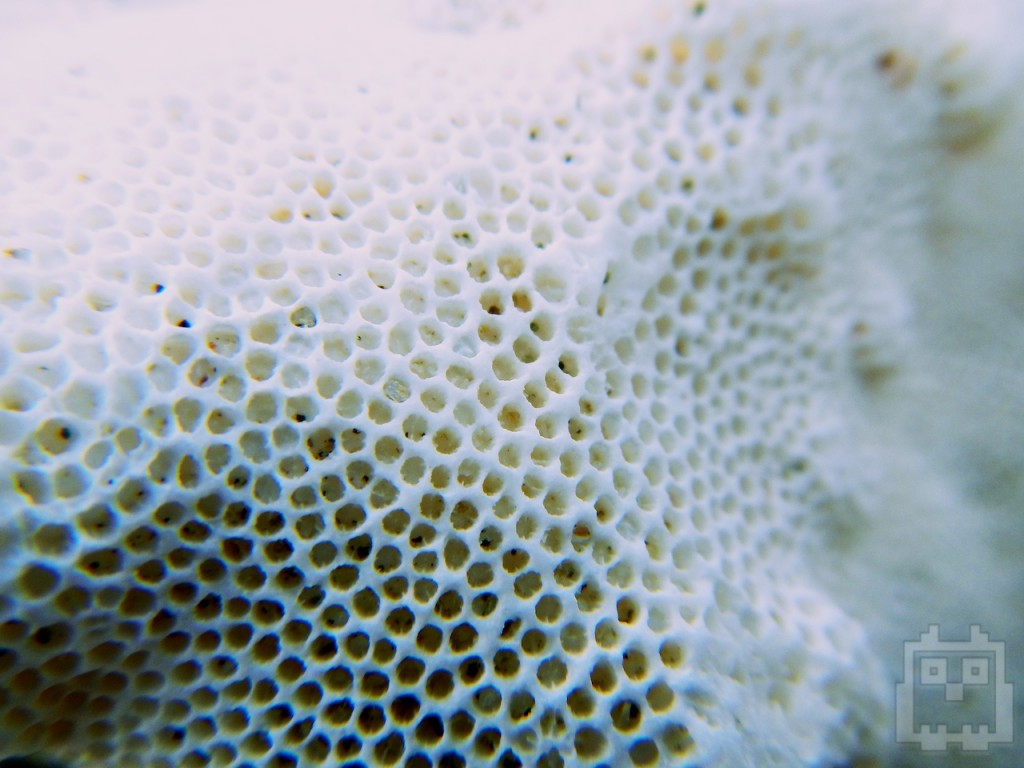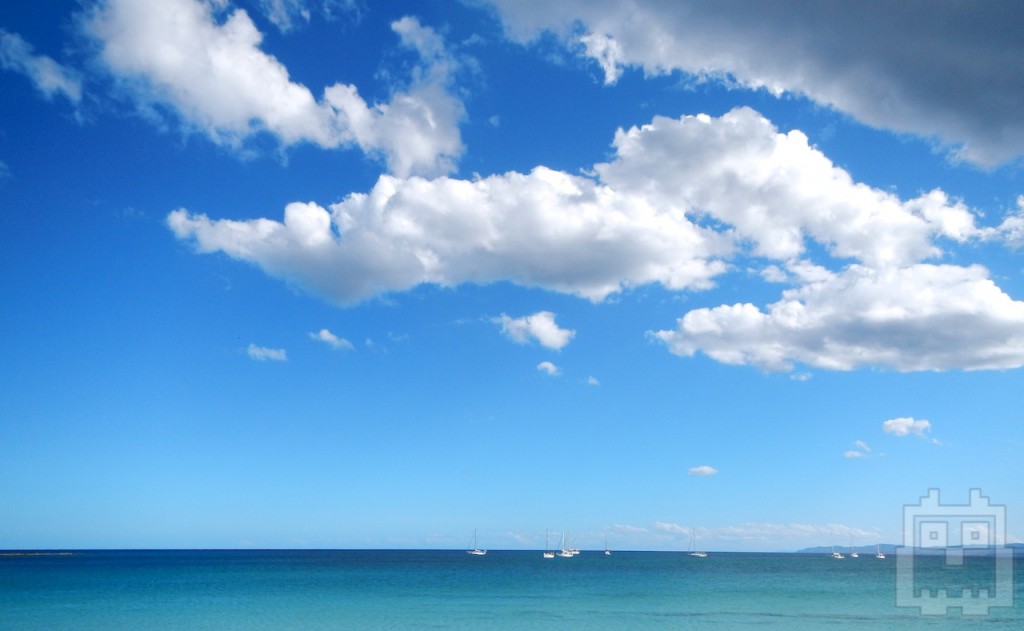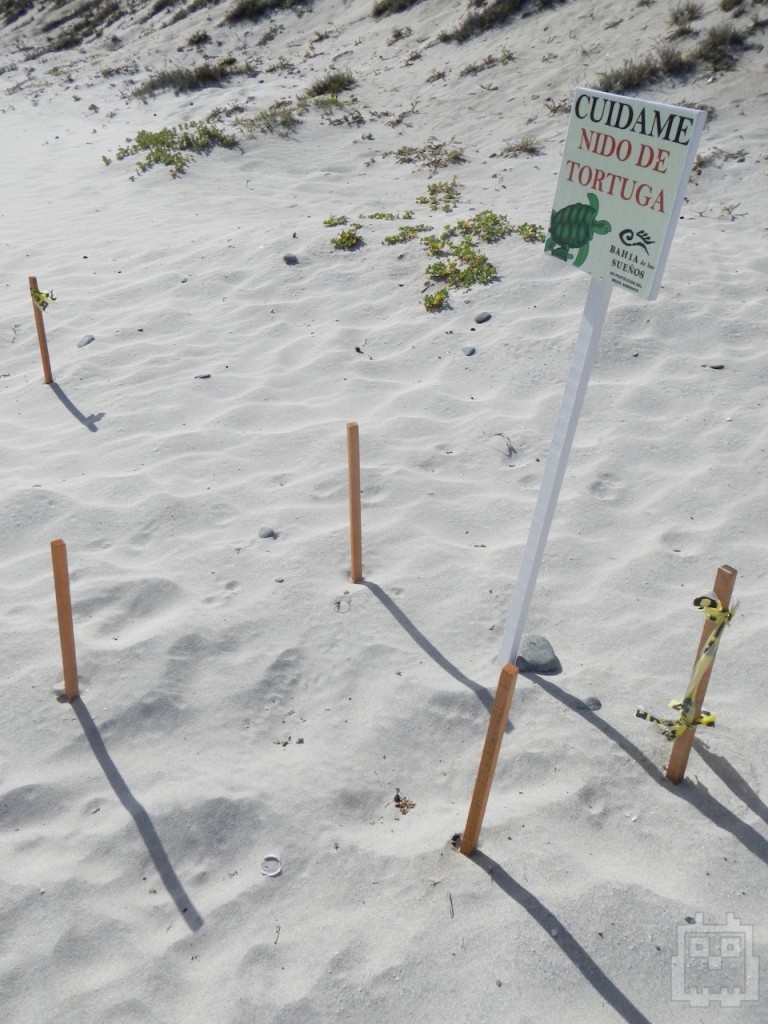Rising from the v-berth brought a tired yet strengthened feeling in my bones - this was the aftereffects of hiking the day before. After a tall cup of Starbucks poured through my gravity fed coffee maker I was ready to pull up anchor and head to Ensanida de Los Muertos, the next stop towards La Paz.
The sail out of Los Frailes was up wind and only required one tack. As night approached the wind dissipated, and so the engine was turned on and throttled down hard to make consistent headway. Five miles outside the anchorage the engine started to heat up excessively. I shut everything off abruptly and broke out the diesel mechanics books to try and figure out what was wrong. Panache was bobbing like a quark, slowly moving backwards back to Los Frailes. The only thing that made any sense was an obstruction in the cooling system, or I was overloading the engine. After verifying the cooling system was functioning properly, it became obvious I was overloading the engine. Looking back at the logbook, we were pumping the engine at nearly 3,000RPMs (the maximum RPMs suggested for my engine), and running the alternator to power the batteries. Ok, the engine was overburdened. I turned the engine on and ran it at 900RPMs for 5 minutes to circulate cool water throughout to lower the temp. I steadily ramped up the RPMs to find the optimal spot for running the engine without overheating it. The engine was running cool and strong and we were back on track to getting to bed before midnight.
Motoring was slow, and Nate ended up getting his sleeping bag out on deck and sleeping like a cocoon in the cockpit adjacent from me. I could see the mast lights of the anchorage in the distance swaying side to side, but they didn't seem to be getting any closer. The wind started to pick up again, and then a little pitter patter of rain started to fall. About two miles outside the anchorage, the rain came in full force. I was so absorbed by the radar readout and depth that I forgot completely about Nate's cocoon situation next to me. He was still sound asleep despite the gallons of water that were rushing over his sleeping bag. I almost didn't want to wake him up but I needed his help to anchor. Anchoring was seamless. When you really want something (especially sleep) efficiency goes way up. I have never anchored so fast in my life!
Panache does best in tropical climates, so the rain was somewhat of a surprise to everyone. Mer was dead asleep through the motoring, rain, and wind. I welcomed the sound of rain hitting the deck. Not only was it a free wash down for Panache, but it was almost like a little slice of Seattle, my hometown. I use the word sleep lightly because I got up no less than five times to make sure we weren't dragging anchor. So far, Panache has been lucky enough to not experience any anchoring problems. the boat is light, I always try and let out a 7-1 scope (all chain), and the bottom has always been a nice mixture of mud and sand. In a couple of questionable spots I have even gone as far as to dive down to the anchor to make sure it was set properly. Better to be conservative when anchoring.
To my surprise, the morning was clear and calm. Not to my surprise, half the boats that were in the anchorage last night were now gone. Not something to complain about. Most of the boats anchored participated in the Baja Ha Ha. Mers old boat Convivia was a quick swim away so we snorkeled over to say hi. The normally crystal clear water was clouded due to the rain run-off and high winds, but this didn't stop us. Convivia is a beautifully aged 1970 Cal 43. After catching up with them and enjoying an ice-cold smoothy, we concluded a bonfire beach party was needed for two reasons; 1. Beach bonfires are awesome, and 2. so many Baja Ha Ha boats were in the anchorage a reunion would be fun to catch up with everyone.
Our beach assault was going to be from the sea today. Keene, Mer, Nate and I loaded up our dry bags with everything needed for a beach day (with the possibility of a beach night), and hopped in the water. With the wind blowing right off the beach, our supposed short swim ashore turned into a grueling workout that made me beach myself gasping for air when I hit the white sand. When I recovered and regained my breath I was greated with two surprises. Sea turtle nests that were carefully marked, and a full sized golf corse in the middle of nowhere. The golf corse made Nate angry, but the turtle nests made everyone happy.
Nate and I started walking down the beach to scope out the best spot for our bonfire. Keene and Mer got lost in the rainbow of sea shells that lined the breakwater. We found a cozy spot nestled between a sand dune and a pile of stones that would radiate heat once warmed by the fire. Now the only problem was finding enough firewood to satisfy an all night bonfire for 15 plus people. The beach wasn't barren of wood, but it didn't exactly have the volume of sticks I am used to from beaches back in the pacific northwest. Nate and I set off down the beach in search of the big sticks of Mexico.
Instead of picking every stick up, we decided to create satellite piles to pick up when we come back from the other end of the beach. Efficiency. By the time we got down to the Resort at the end of the beach we had hounded enough firewood to satisfy a small and short lived fire. Efficiency had failed us so we tried ingenuity. Nate and I rustled up palm branches and tied them together to create a cart we could stack wood on. This worked great until the wight of all our wood dwarfed our own wight as work horses. As we dragged ourselves further towards our intended bonfire spot we passed the beach resort. Our neanderthal firewood scavenging techniques gave us enough attention by the resort patrons to buy us a boost from a four wheeler.
The couple was happy to help, mainly because they were retreating back to there home overlooking the bay and our fire pit was on the way. Our wood pile was so large that even the four wheeler was having issues pulling it. Nate and I were all smiles admiring how everything just seems to work out until we realized the four wheeler had passed our fire pit. Our situation got worse 30 seconds later when the four wheeler took a sharp turn and all our wood scattered over the beach. We saw the four wheeler stop, circle the wreckage of firewood, then untie our palm brach sleigh and cruise off into the distance. Shit.
When we reached the wood wreckage, my heart sunk realizing we would have to pull this bundle twice as far, but then I noticed something in the distance. It was a blue purse. The lady on the four wheeler dropped her purse. Nate and I looked at each other and knew they would be back. We re-stacked our pile and rummaged through the purse while we waited. I was getting a little sunburned so I helped myself to some of the ladies sunscreen, and then I started to read through her book "Facebook for Dummies." Minutes later we heard the muffled rumble of the four wheeler and eagerly waited for the explanation on why they abandoned our wood sleigh. With the purse as collateral they were more than happy to be our transport.
During our second sweep of the beach, another couple at the resort offered there Mule to help out with the firewood effort. When I say Mule, I'm referring to the five person four wheeler with a truck bed, not the donkey mammal thing. Now powered by a Mule, Nate, Mer, Keene and I collected almost every stick of firewood on the whole beech in less than 30 minutes! It was a mad dash, and even though the Mule didn't exceed speeds of 15mph it felt good to not be restricted by the direction of the wind. Our pile of wood now covered a footprint the size of a VW van and stacked up to my waste. Operation all night bonfire was in full swing.
Nate converted the palm frond sleigh into a beach front hut that sat right next to the fire pit. We even collected coconuts from a neighboring tree for snacks. Fire + beach hut + coconuts = coco vibe. This was a term developed by Mer and Nates friend Randy, and it encompasses everything chill and beach oriented. I am still trying to grasp the true essence of the coco vibe, but I do know that our bonfire was in accordance with the coco vibe code. All the boats from the anchorage showed up, and we ended up singing songs and telling stories around the fire until the wee hours of the night. When the last boat left the bonfire for the night, we made the executive decision to sleep in the beach hut as opposed to swimming back to the boat in the dark.
We took the surrounding rocks from the fire, and buried them underneath the sand to warm our sleeping area. This worked until about 3am when Nate and I opted to ditch our beach hut in favor for the resorts beach hut that was fully furnished with beds and blankets. It was a good nights sleep.
Our last day at Ensanida de Los Muertos was spent sleeping on the beach and snorkeling. We missed a southerly wind that would have made the last push to La Paz a cinch, so tomorrow was going to be an intense day of upwind sailing.
We woke up nice and early to get a head start. Right out of the bay the wind was 10 knots. We headed 25 degrees off the wind on a port tack with he intention of heading through the Ceralvo channel between Baja Mexico and Ceralvo Island. the channel is a renowned wind surfing spot that has high winds, currents and swell. Not the fastest or safest place to sail upwind, but certainly something that would test Panache and crew. When we rounded the point to head into the channel, you could see white caps being blown downwind as far as the eye could see. Ceralvo Island (and channel) is roughly 16 miles long, but with all the tacks we were making back and fourth up wind, it certainly more than doubled our track.
The reason Ceralvo channel makes for such an interesting sail, downwind or up, is because its essentially a huge funnel. A plus to sailing through a funnel is that it creates upwellings that result in nutrient rich water. The plus of nutrient rich water is a whole bunch of fishy activity. On our second tack in the channel a huge dorado hooked itself on a silver spoon we were trolling behind the boat. Moving at 5 knots, just fast enough for the silver spoon to jump out of the water ever so often, makes for a meal most fish can't refuse. Mer did not have the privilege on the way down the pacific coast to pull in a fat fish, so when she saw what must have been a 45" dorado leap out of the water, she could barely control her volume. Unfortunately, before we could even put the leather gloves on to pull in the monster fish, it shook off our line. Before we could cry about our loss, another fish tore at our line! Figuring it was the same foolish dorado, I pulled the line in with a huge grinch smile. But it wasn't a dorado. It was some strange tuna looking silver fish with a black spot right on its gill plate. Big fish, looks like a tuna, sounds good to me.
I started to fillet the fish but got a little worried because the meat was dark red, almost purple, and it was a little tough. I fried up a steak of the mystery fish and was severally disappointed with the table quality of the meat. Even the smell was too much to handle. Bad fish, plus the bashing of waves from sailing up wind was starting to get to me. We still had a long way to go before we were out of Ceralvo channel, and I was starting to feel a little queazy. I stood on deck to try and clear my head, but the smell of the fish was covering my hands. I had no escape.
Darkness covered our surroundings and I was going to attempt to mask the crap smell/taste of the fish in a pasta sauce. All I managed to do was ruin three perfectly good servings of pasta. When I handed Nate his plate of pasta, he wolfed it down before I could apologies for ruining dinner. Despite acknowledging the fact that it tasted terrible, he still cleaned the plate claiming that he was too hungry. Admirable but disgusting. I didn't even wake Mer up to torture her with the food. I ended up tossing the crap fish pasta and the remaining fish steaks into the churning Ceralvo channel. They might not feed us, but at least they will feed other fish.
When we finally escaped Ceralvo channel Panache had performed more tactics in the last 16 mile stretch than we did on the whole 750 miles down the coast to Cabo San Lucus. I puked once, and we killed one fat mystery fish. All in all, it was a good day. We anchored Panache at Balandra beach, just a couple of miles north from La Paz to catch a blink of sleep. In the morning after 6 or so hours we motored the remaining miles into La Paz.
La Paz was my last destination that I had planned out, and after this I had no reservations. We all agreed that it was a great feeling to make a destination once again. We joked about how this must feel similar to how people feel when they hit land in Australia after cruising through the south pacific. Just a small glimmer of that pleasure. Making landfall in Australia... What a thought.
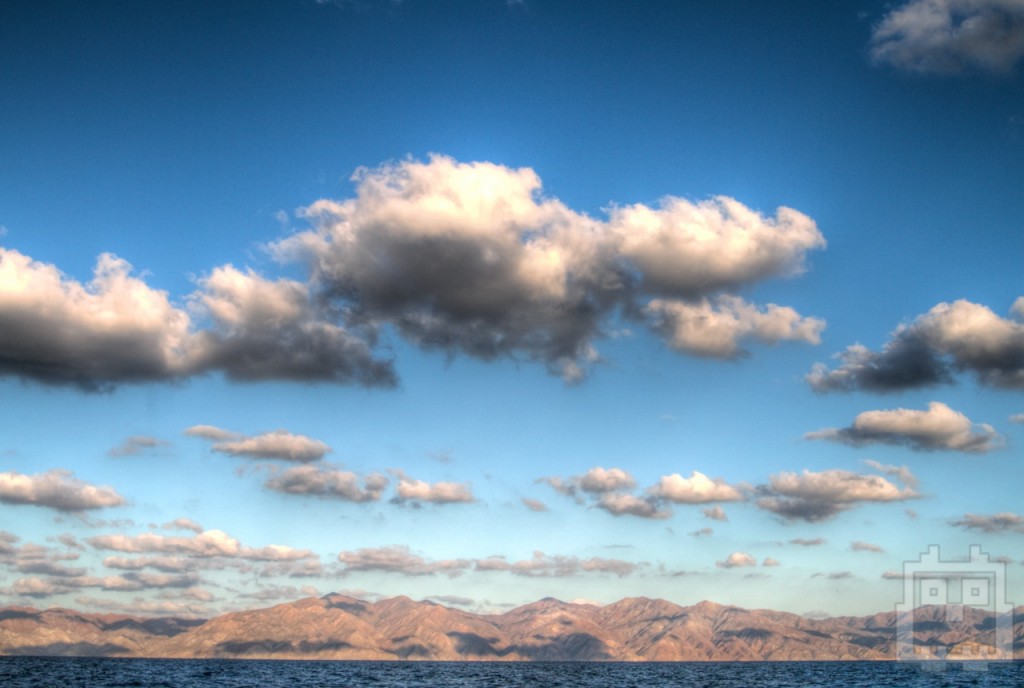
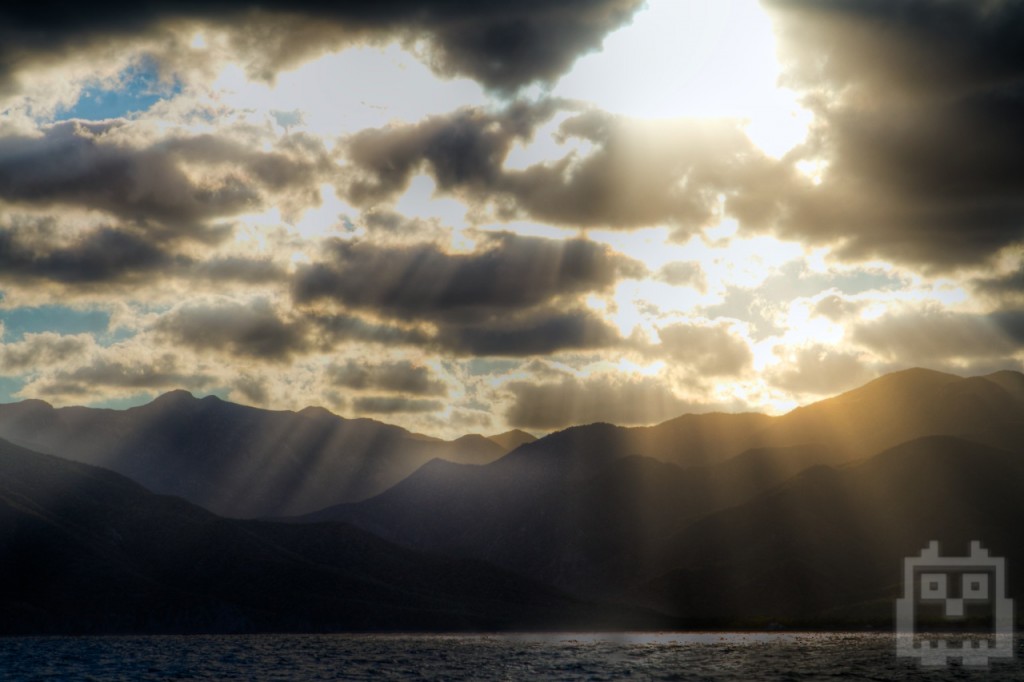
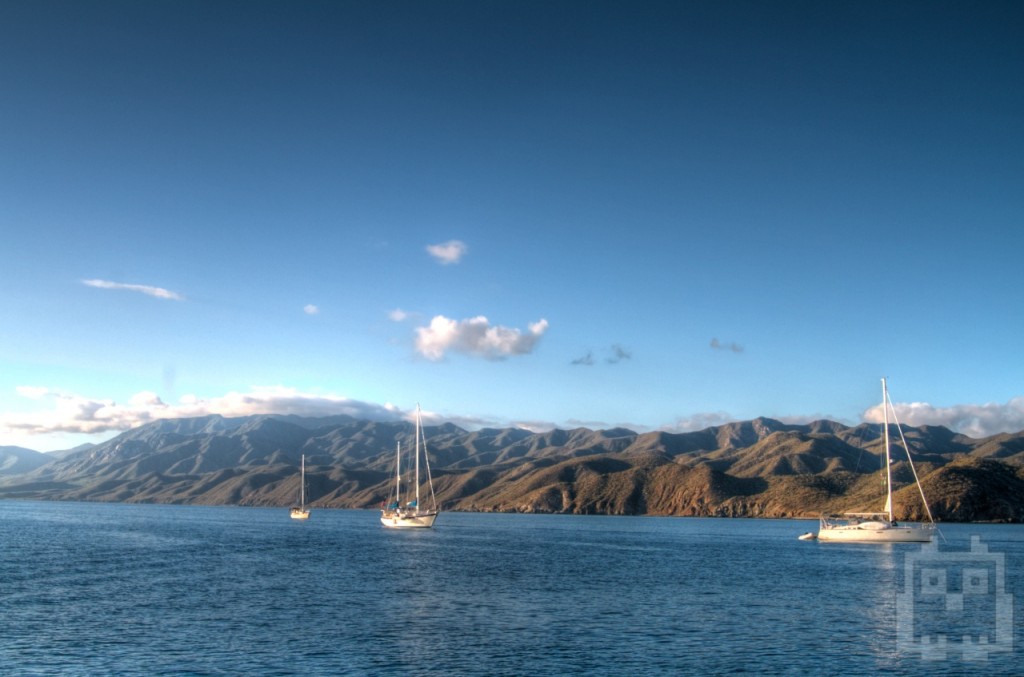
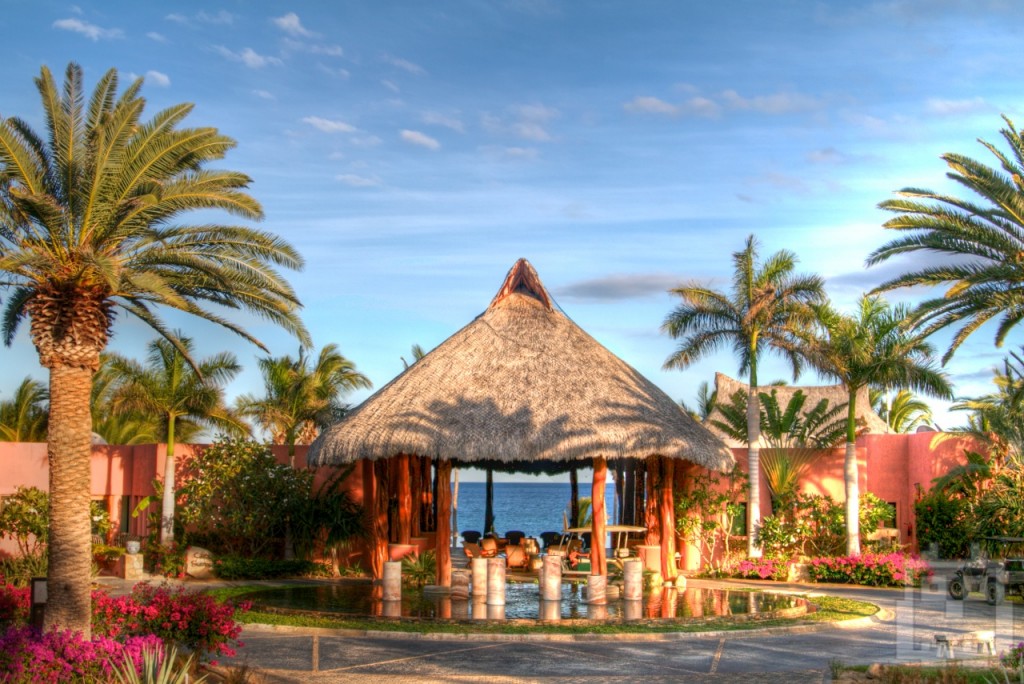
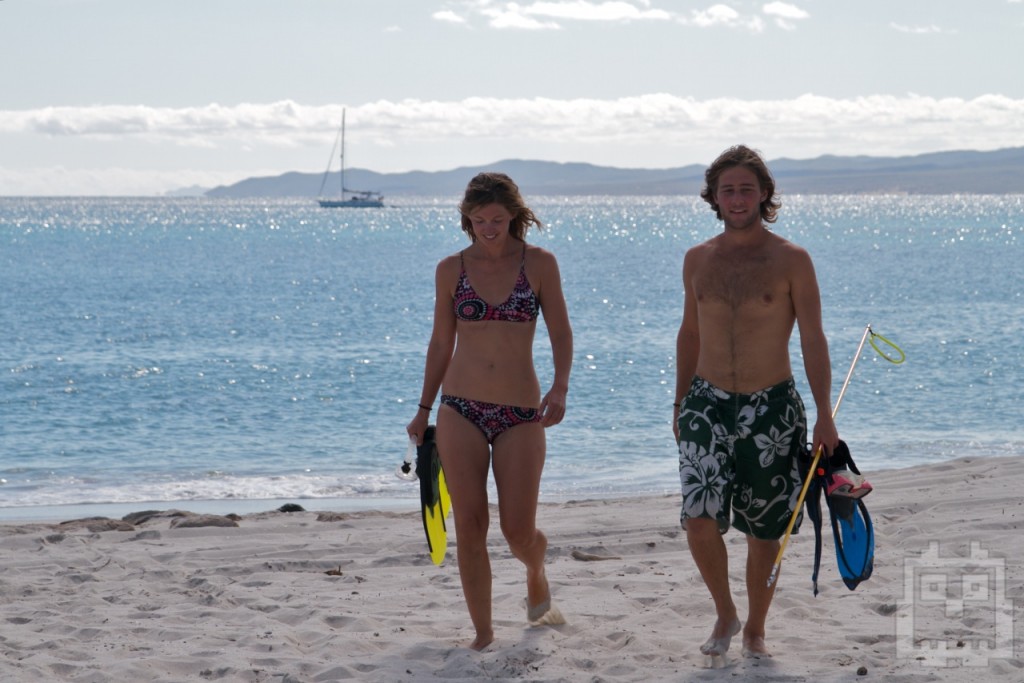

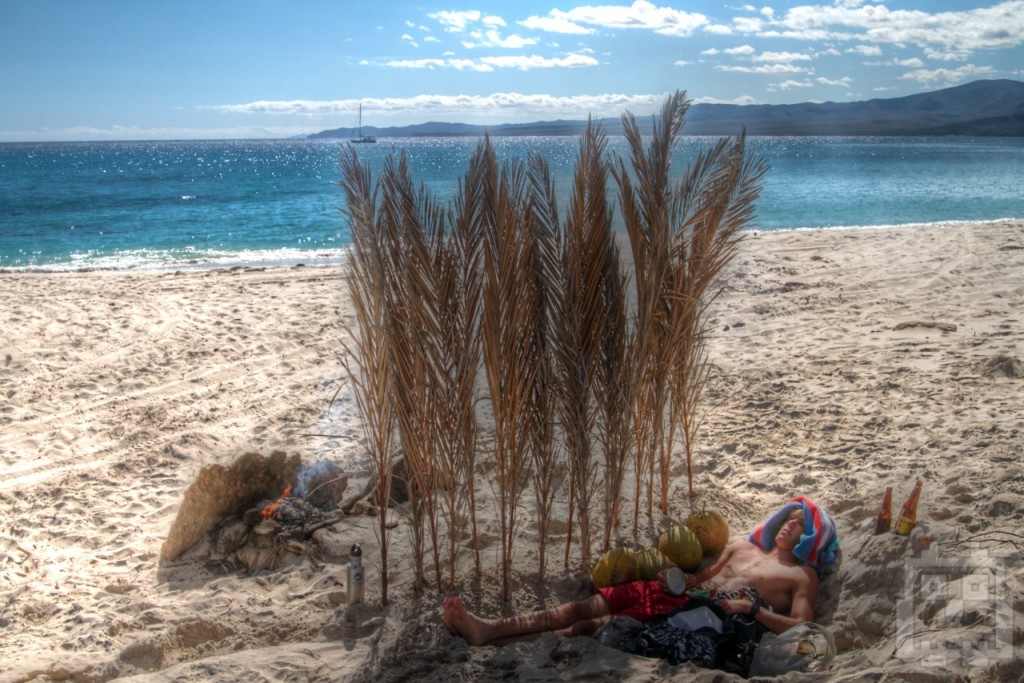
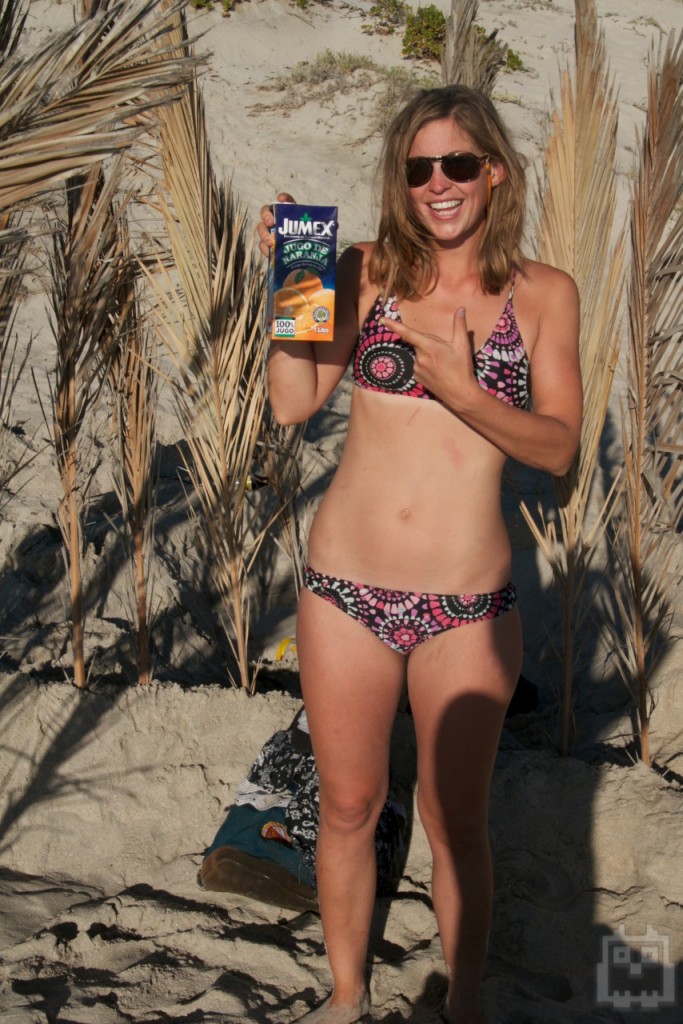
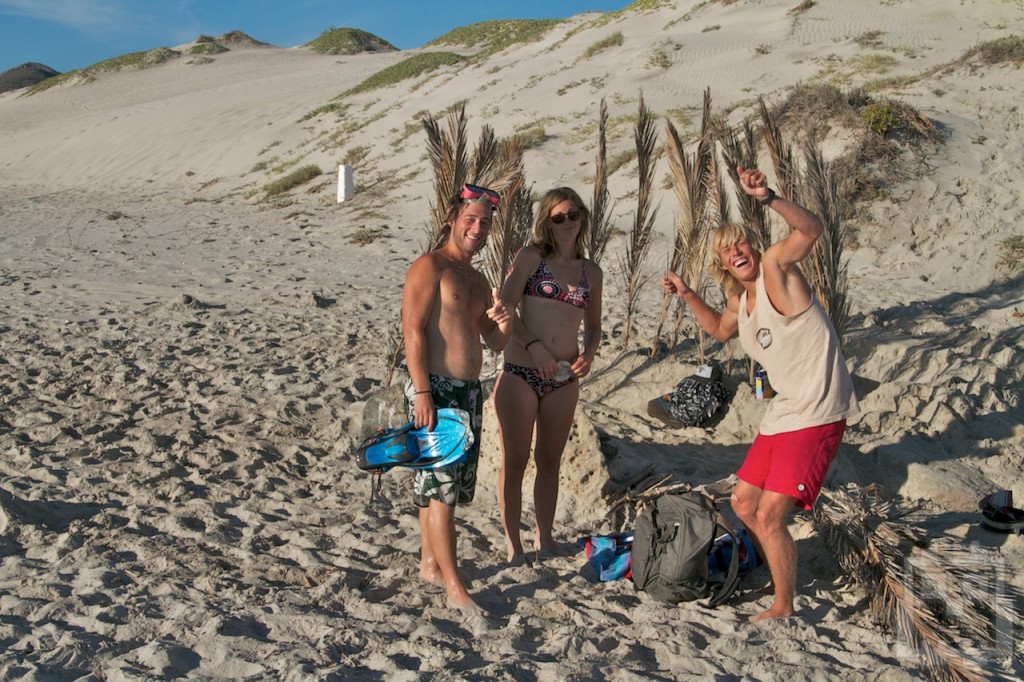
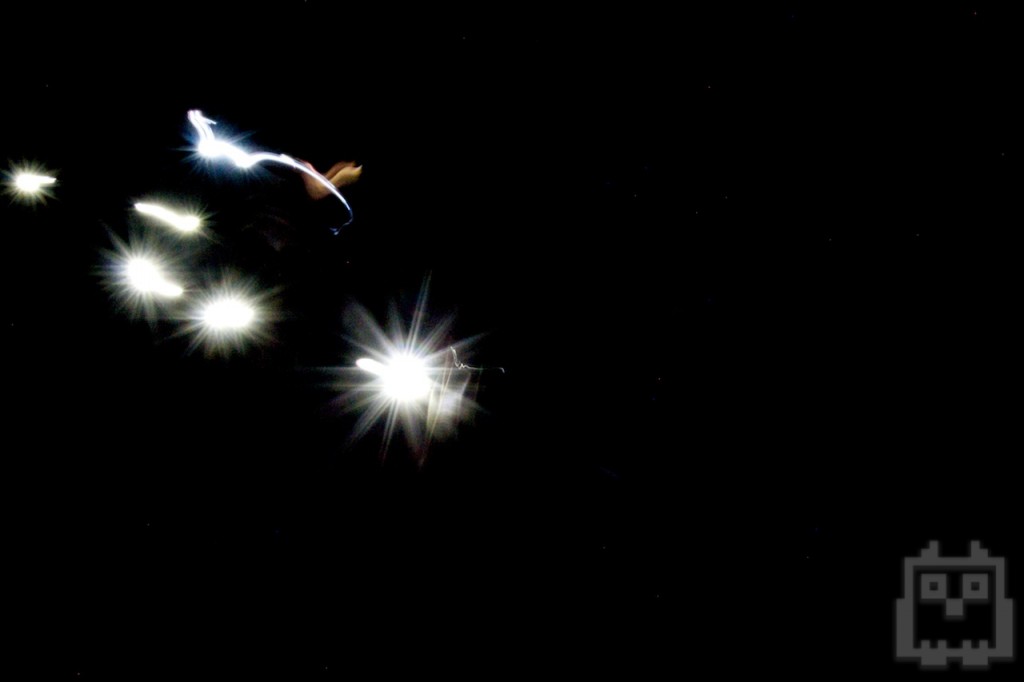
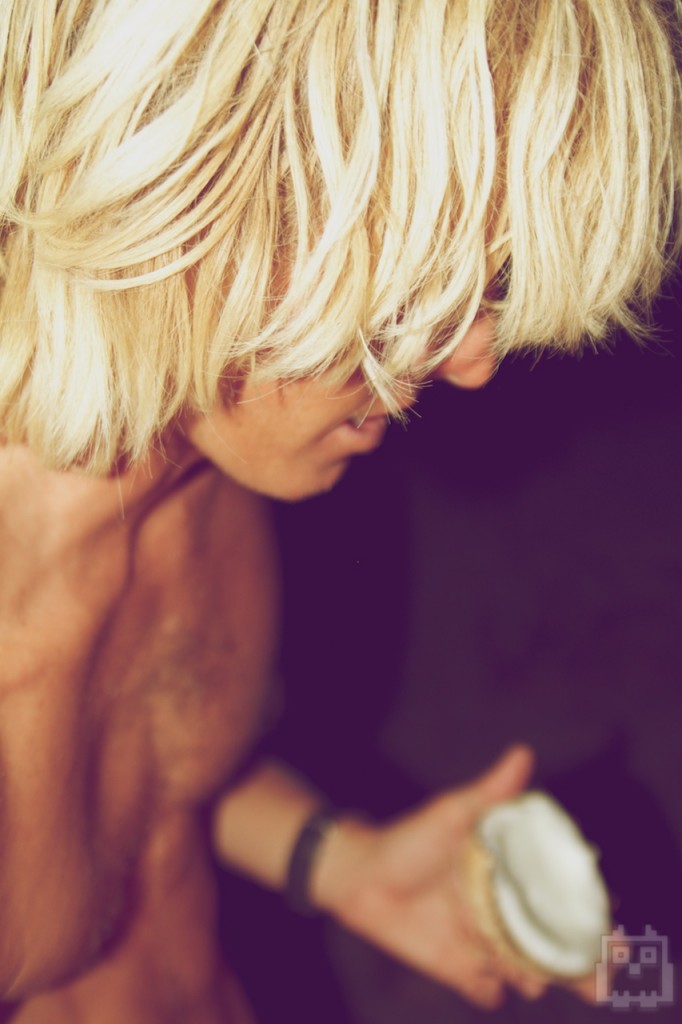
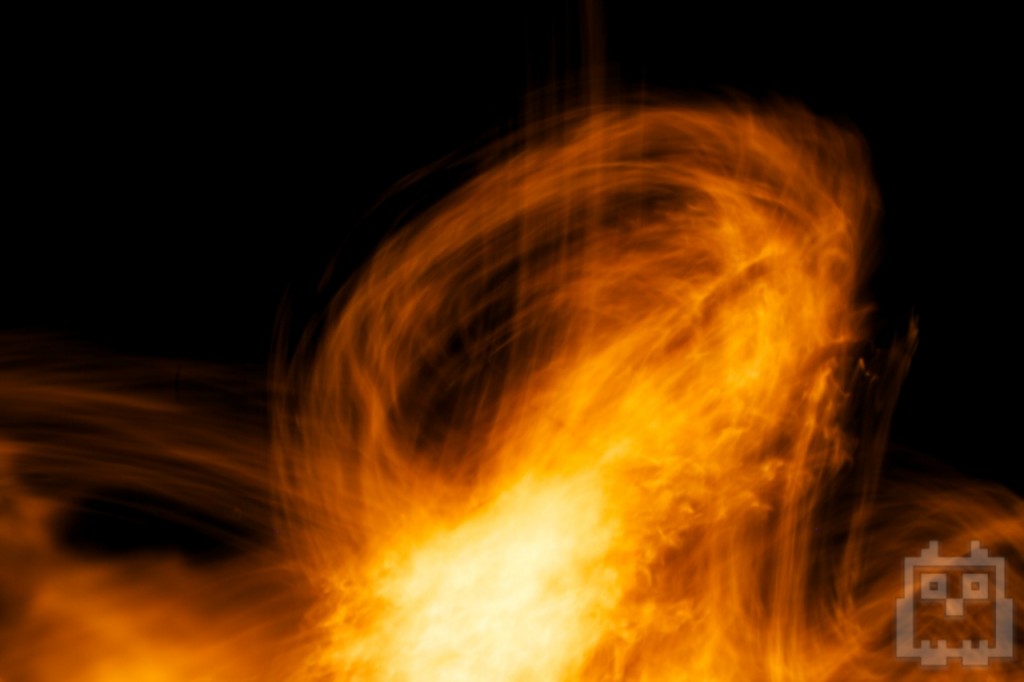
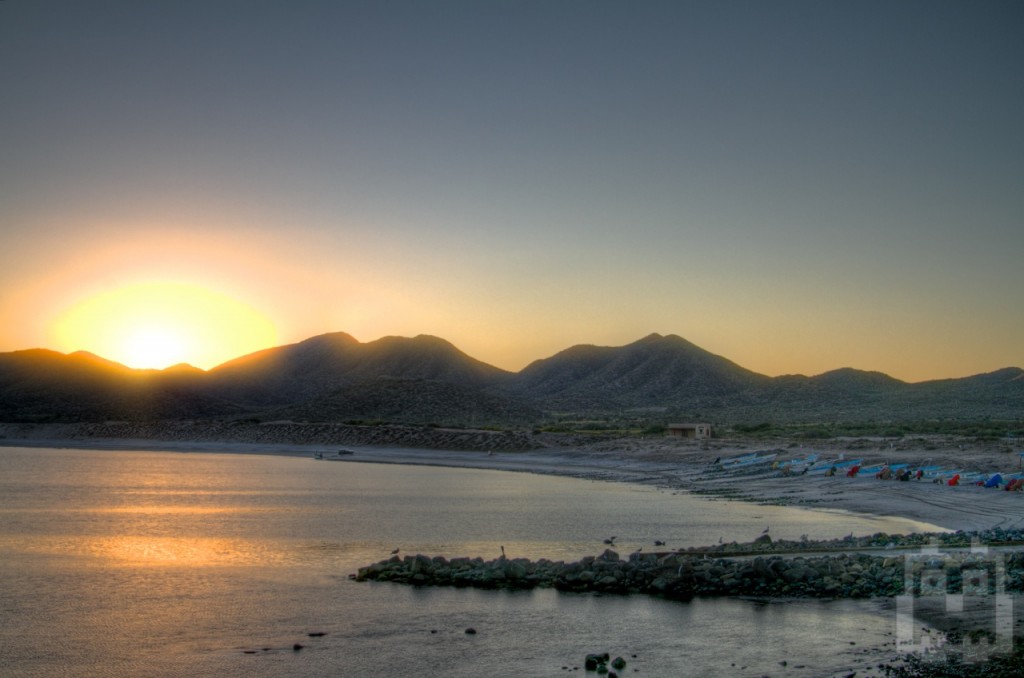
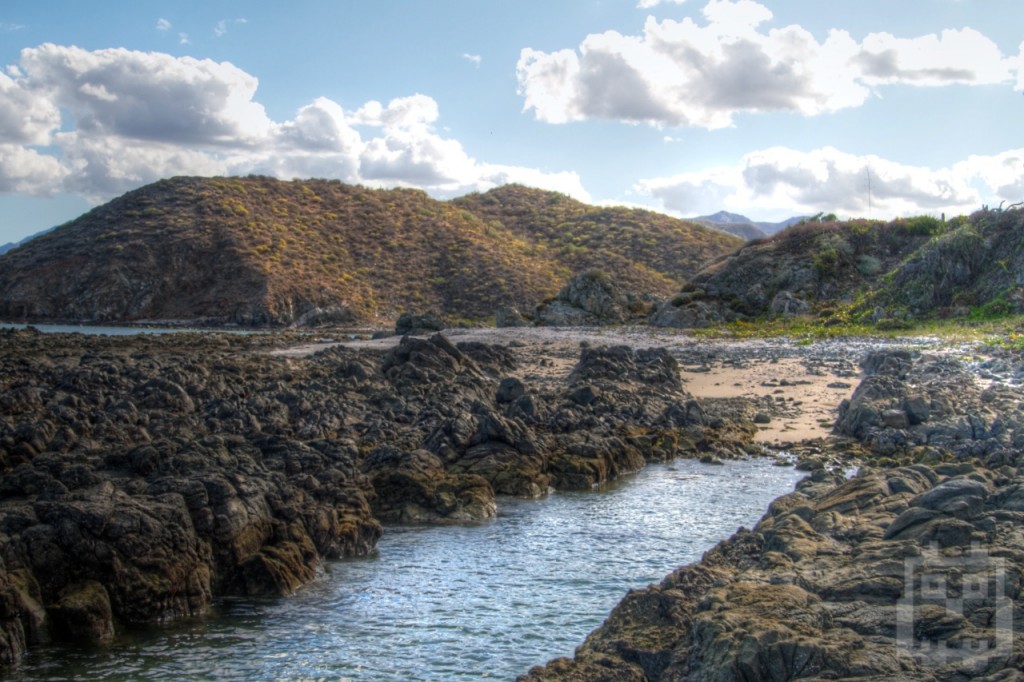
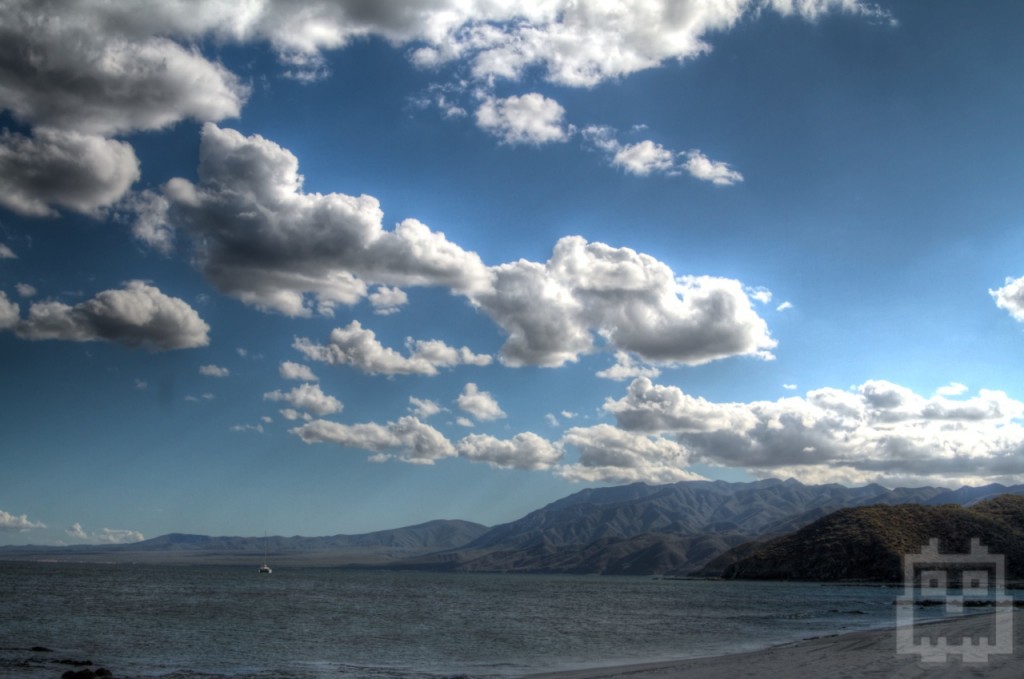
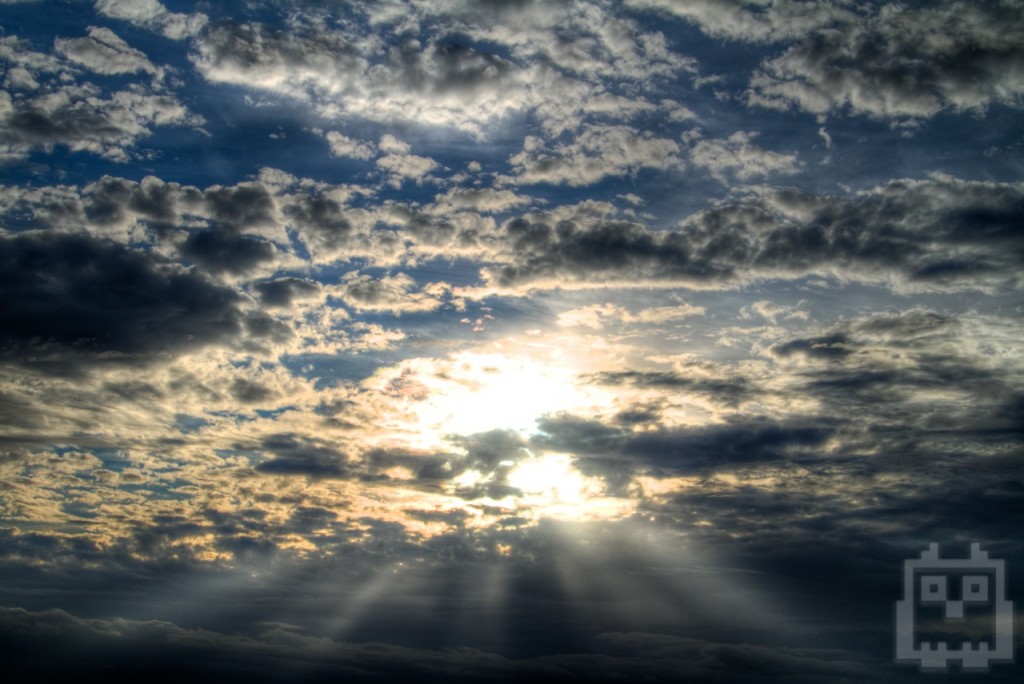
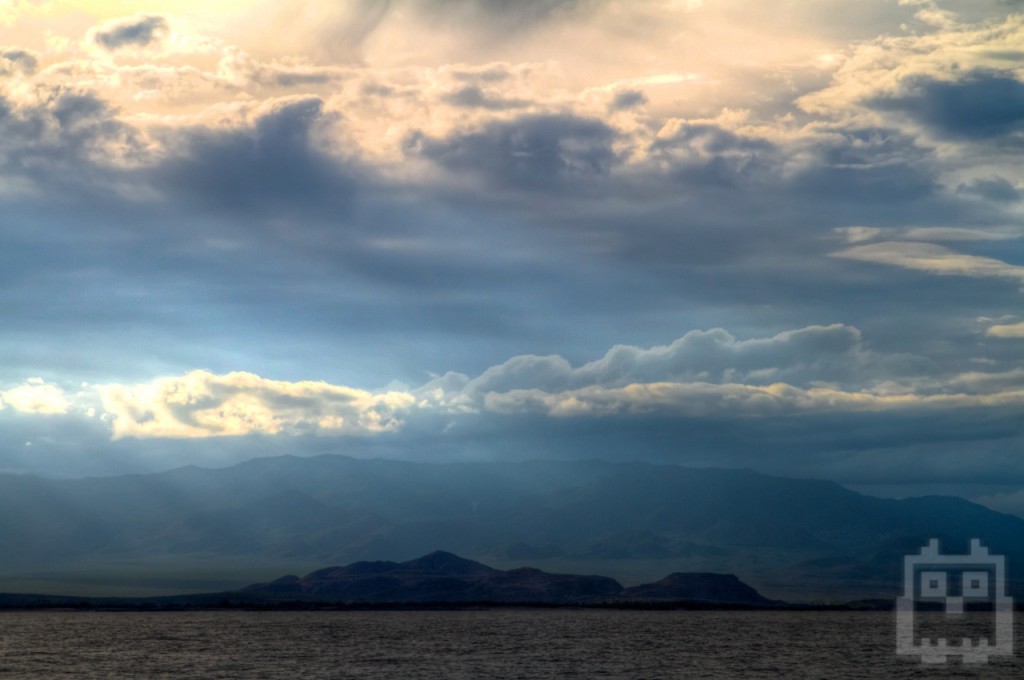
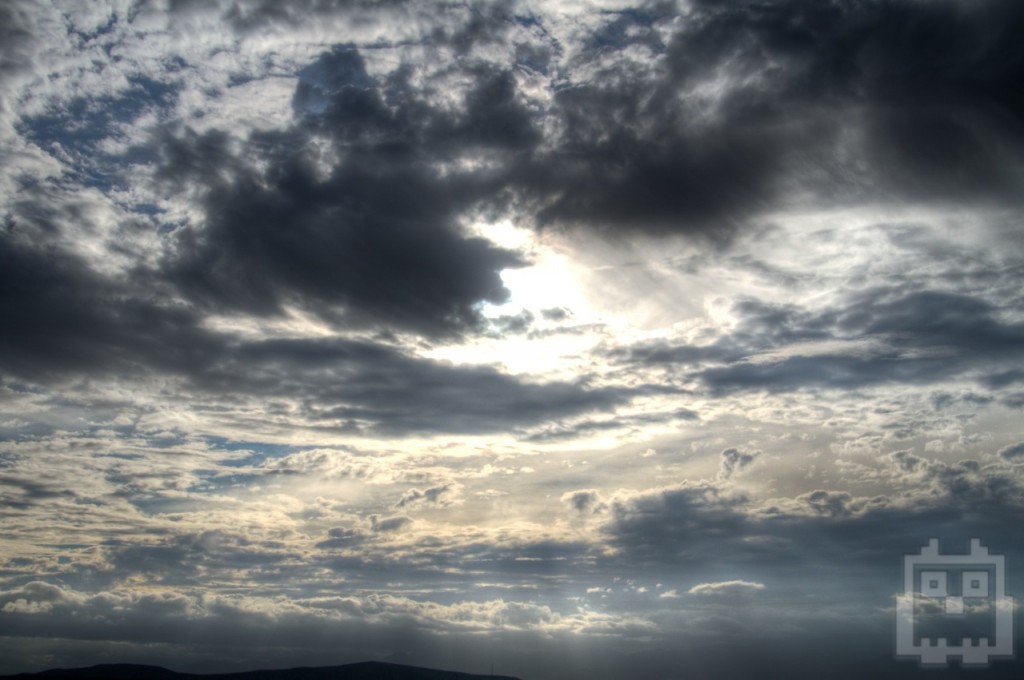

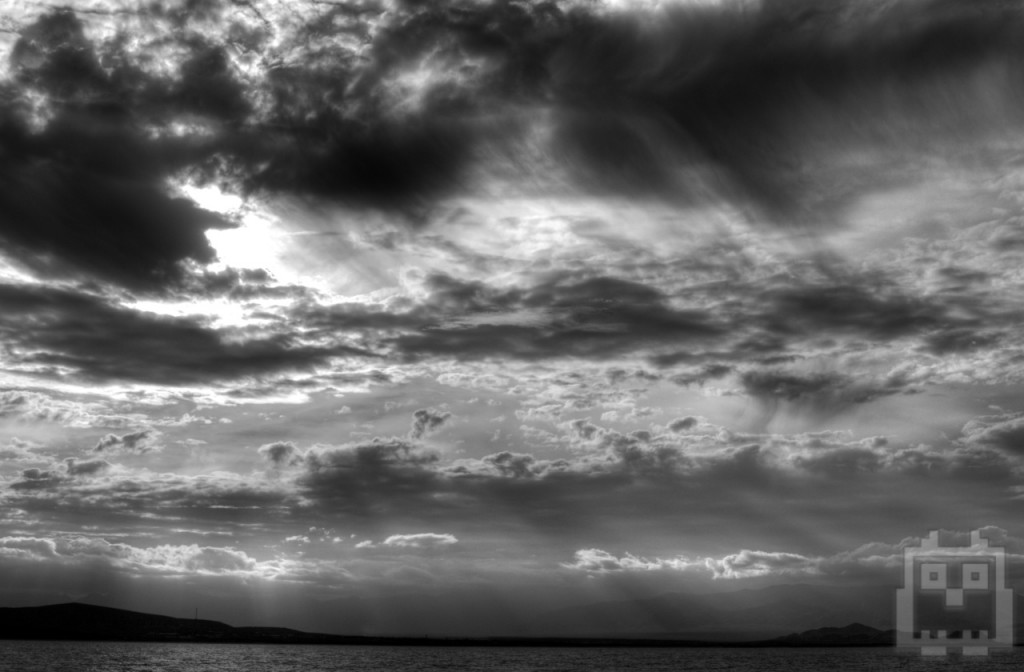
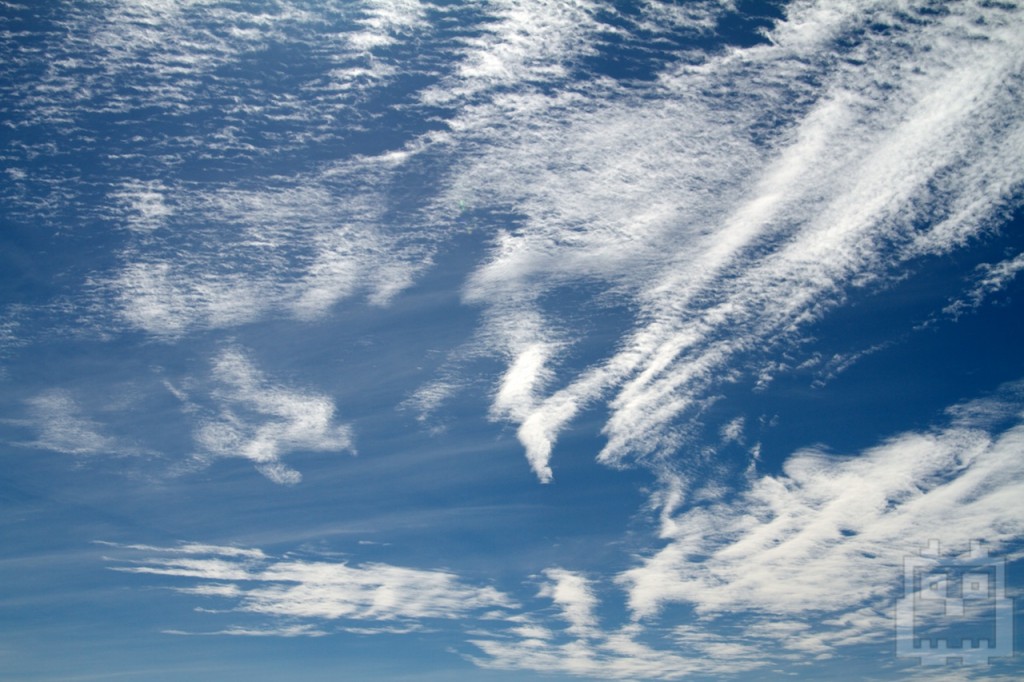
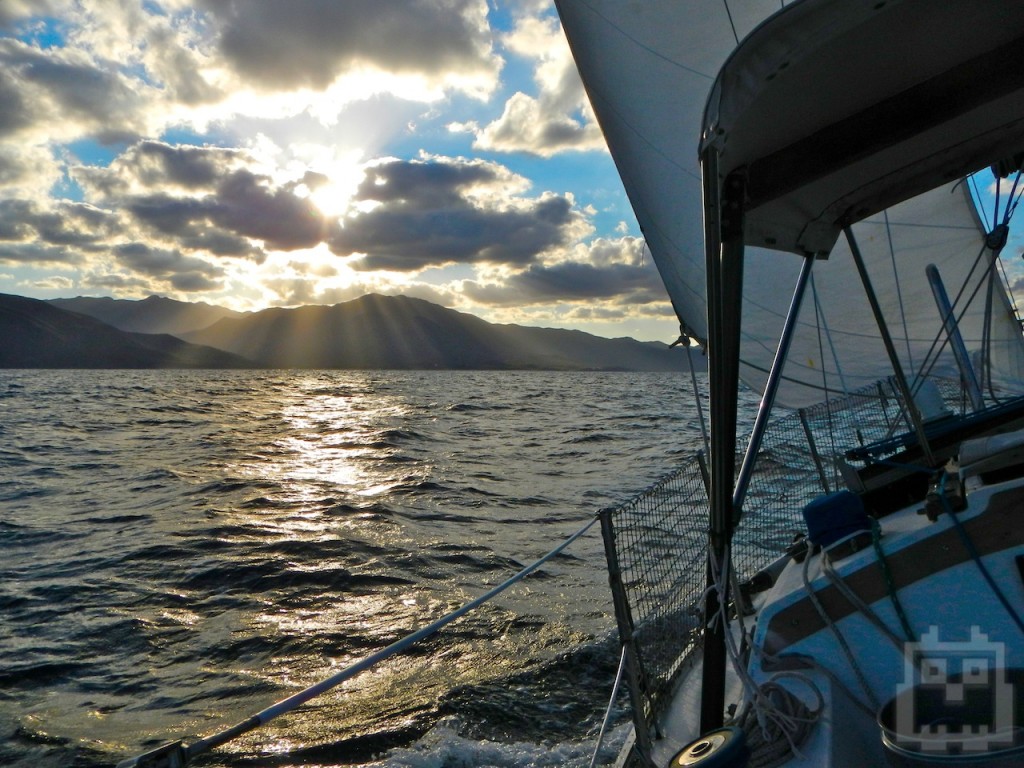
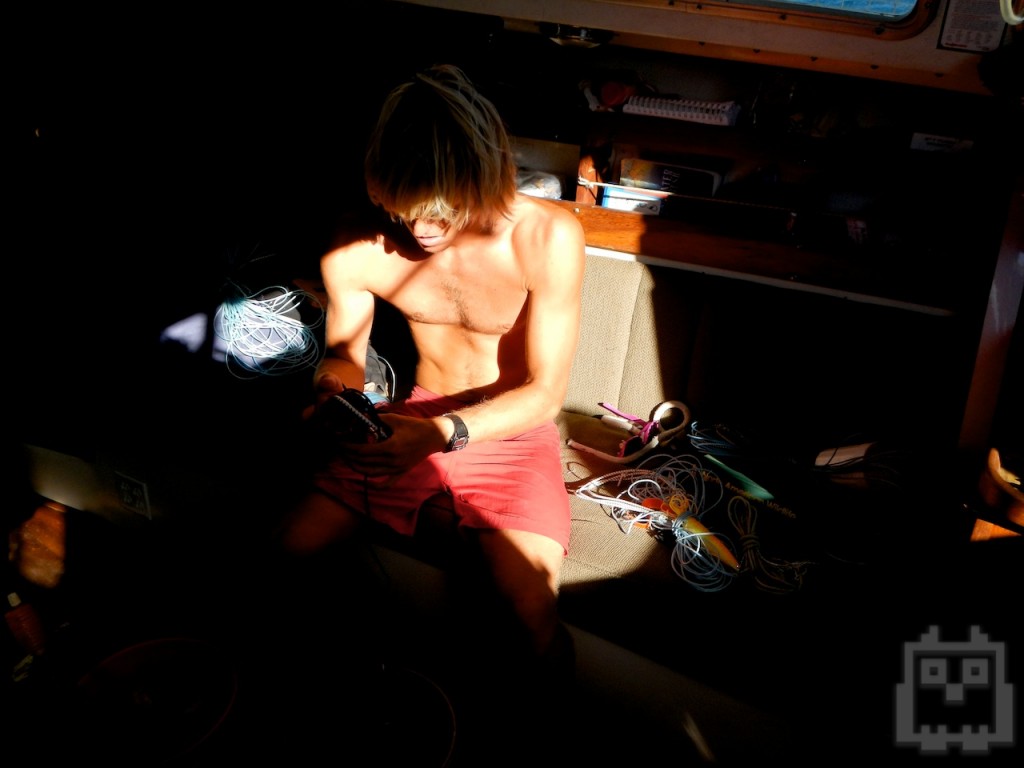
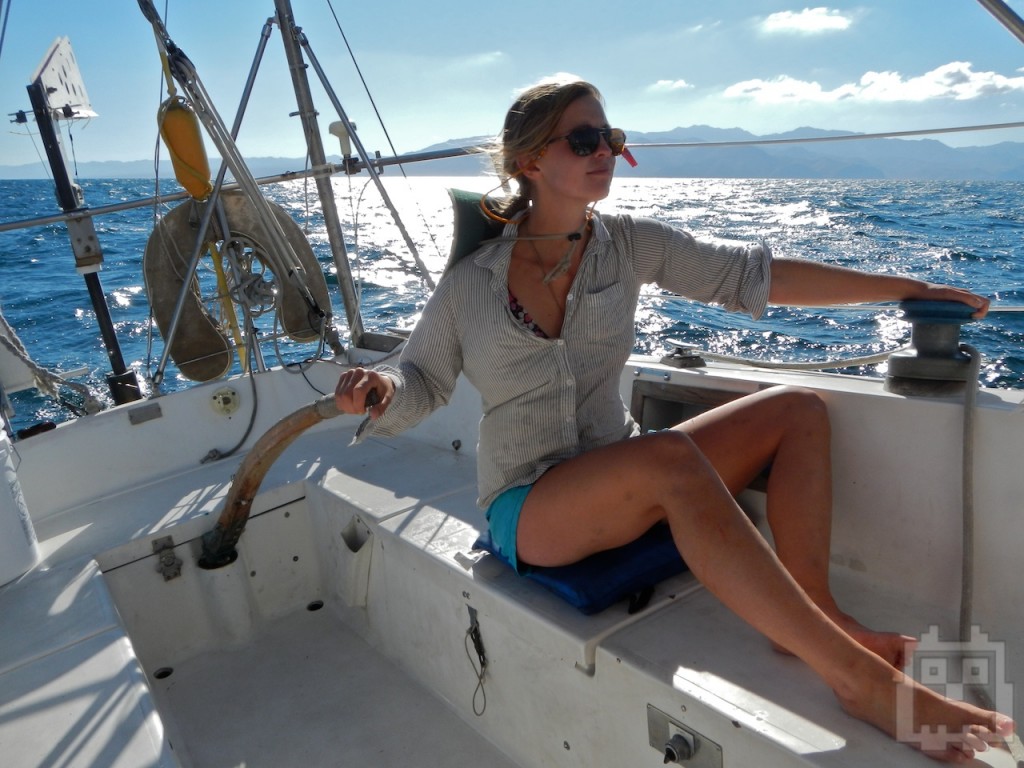
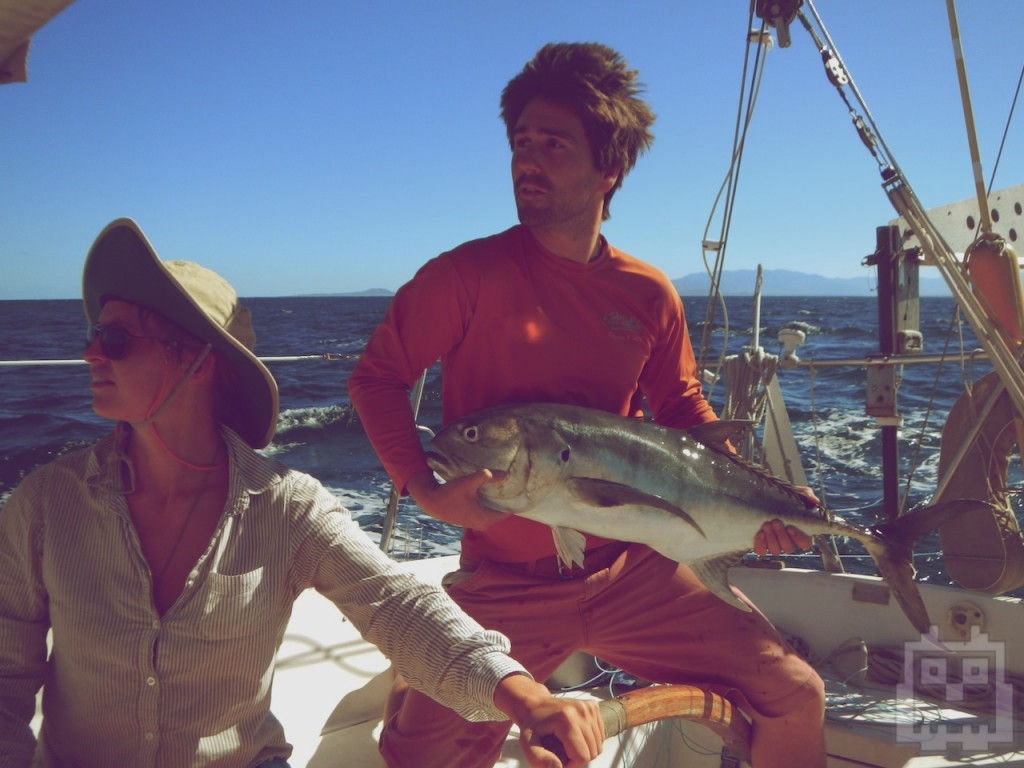
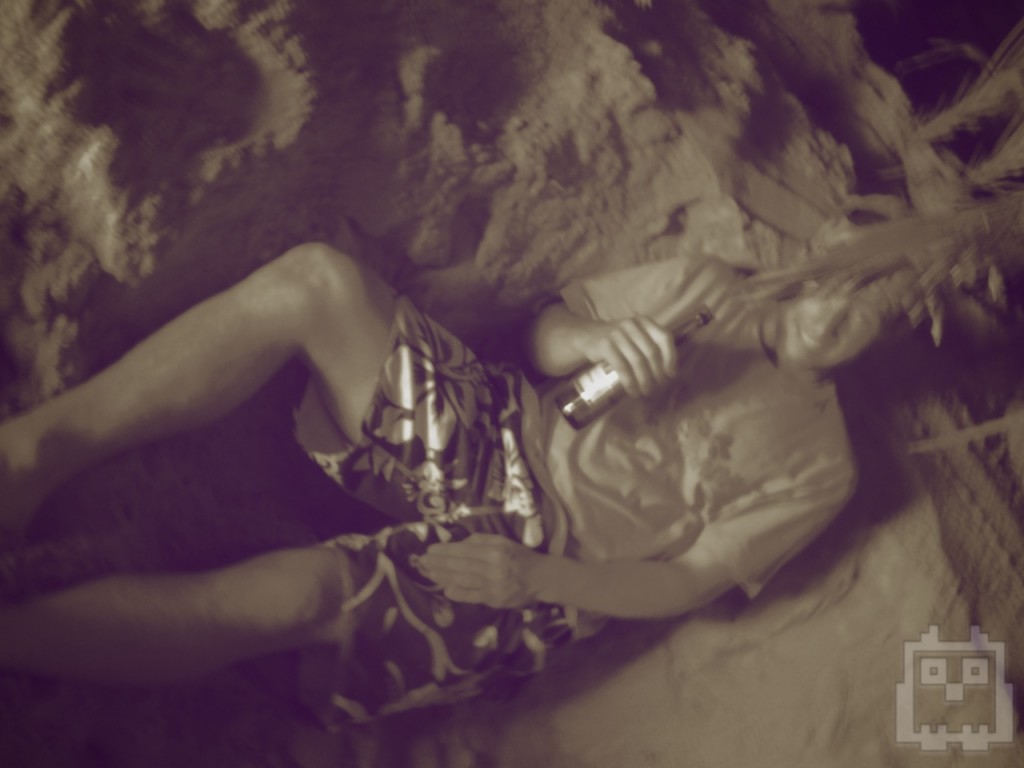
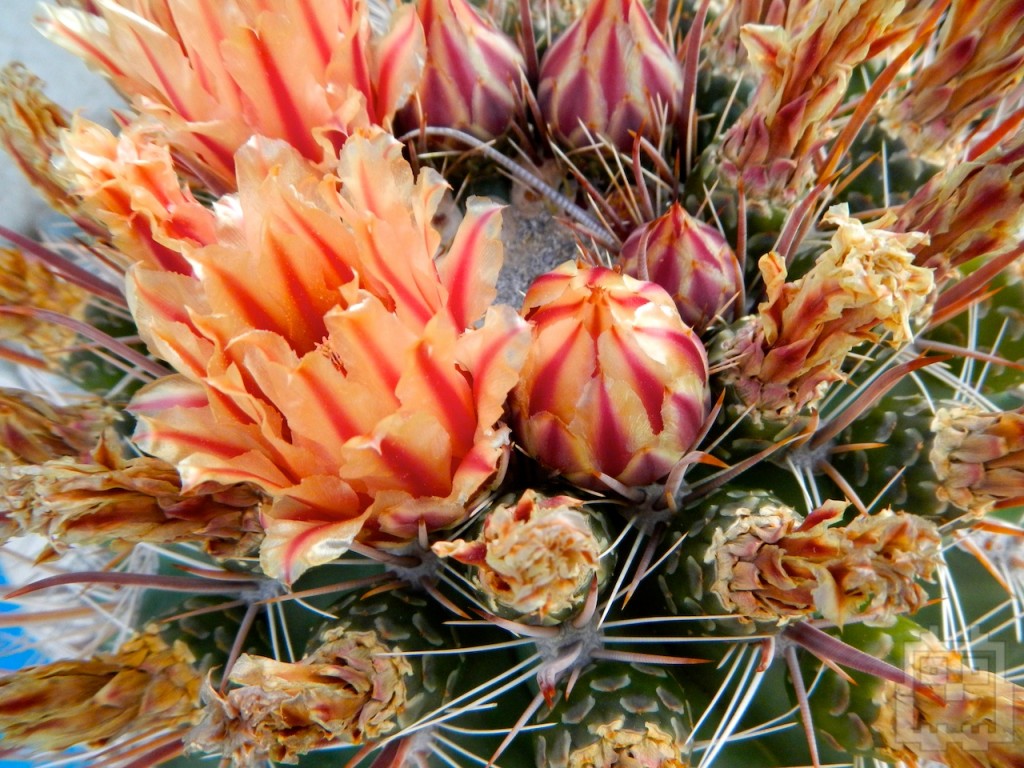
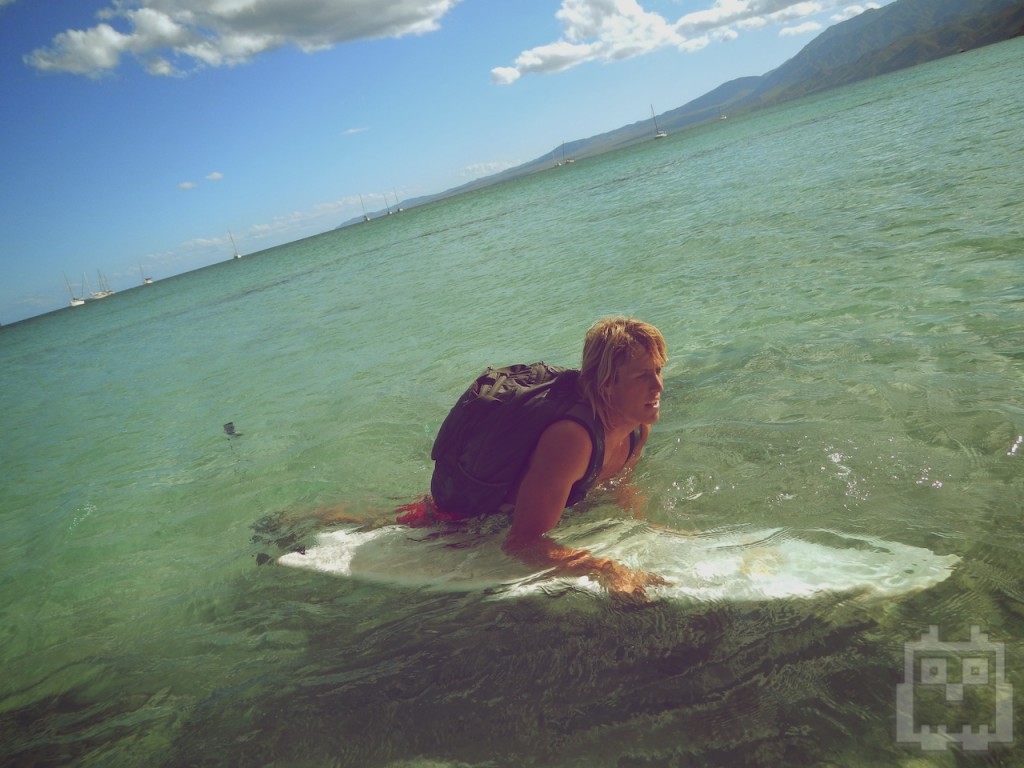
When you don't have a dry bag (or you let someone borrow it) paddling in on your surfboard will work just fine.
